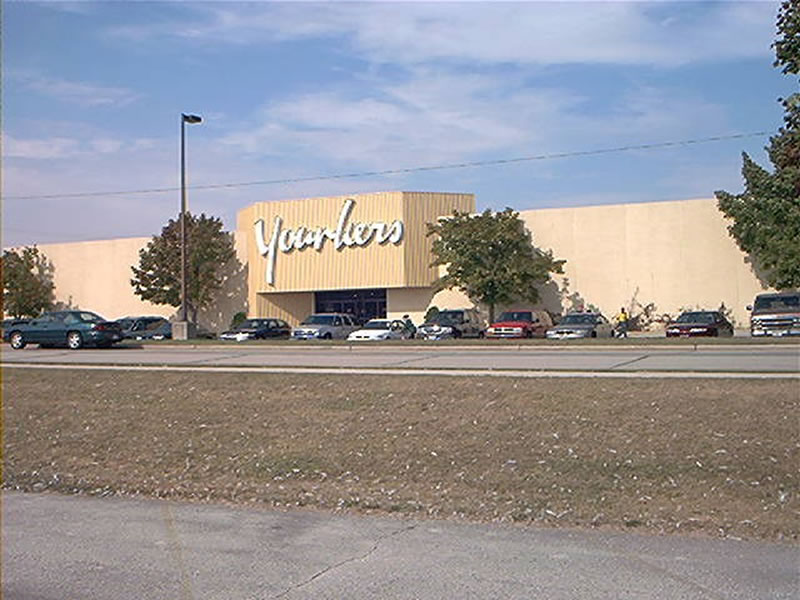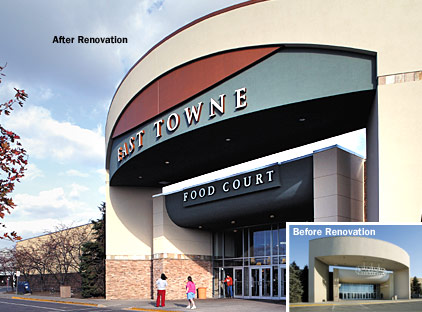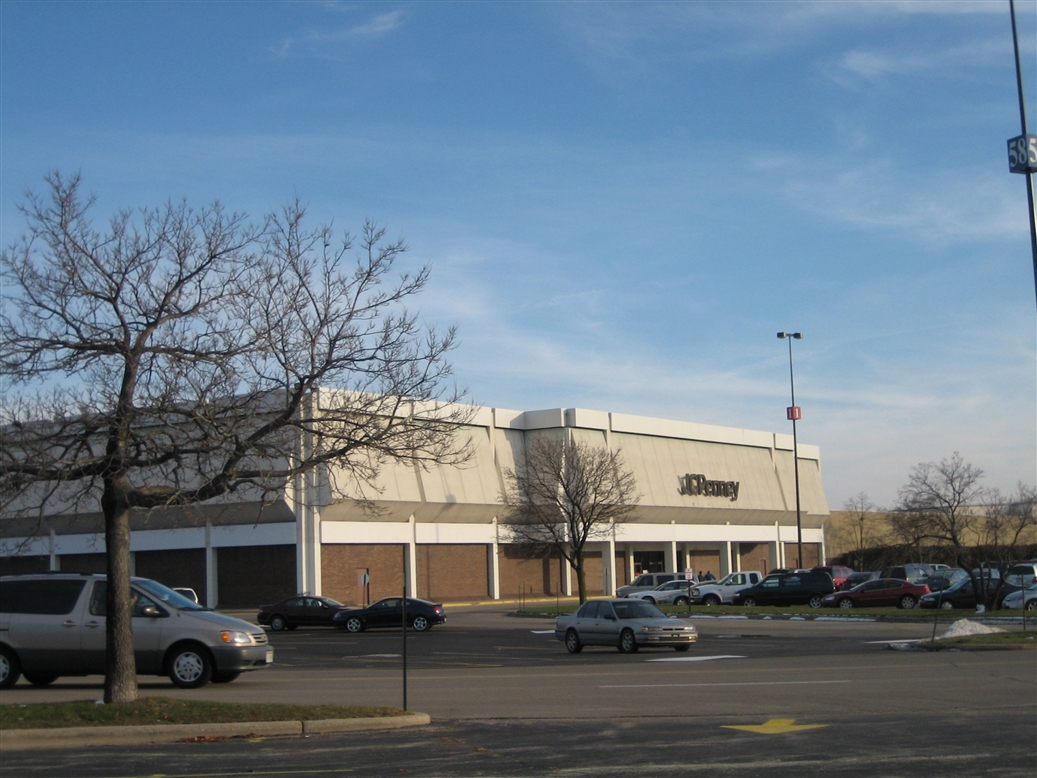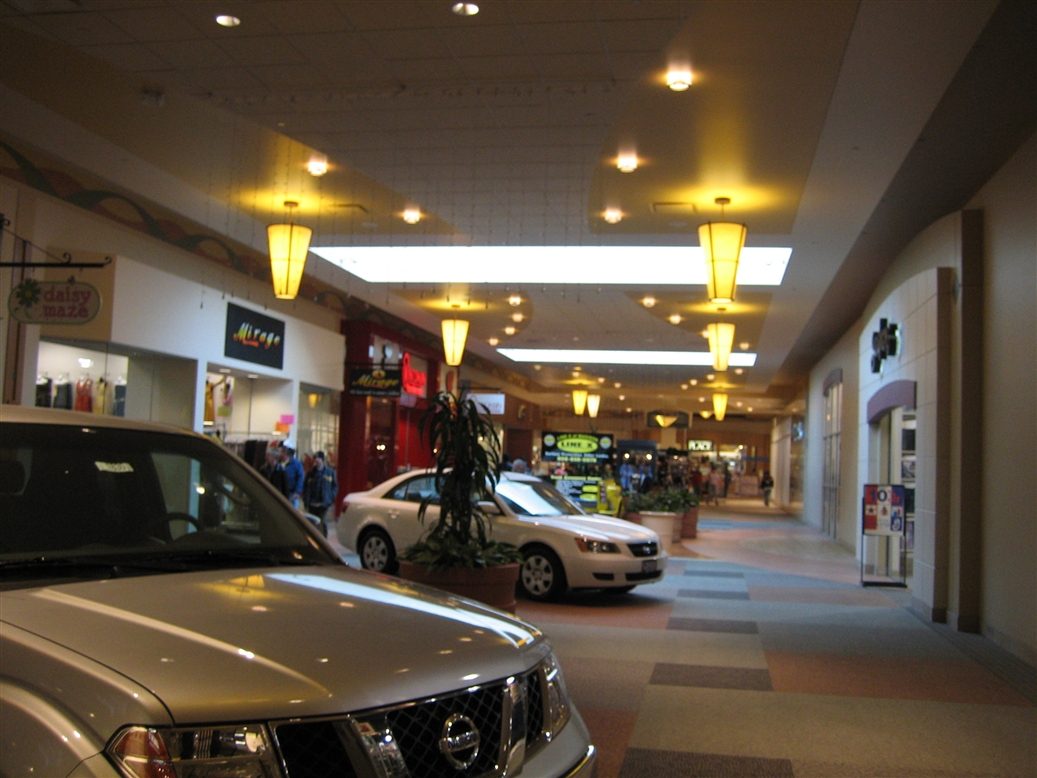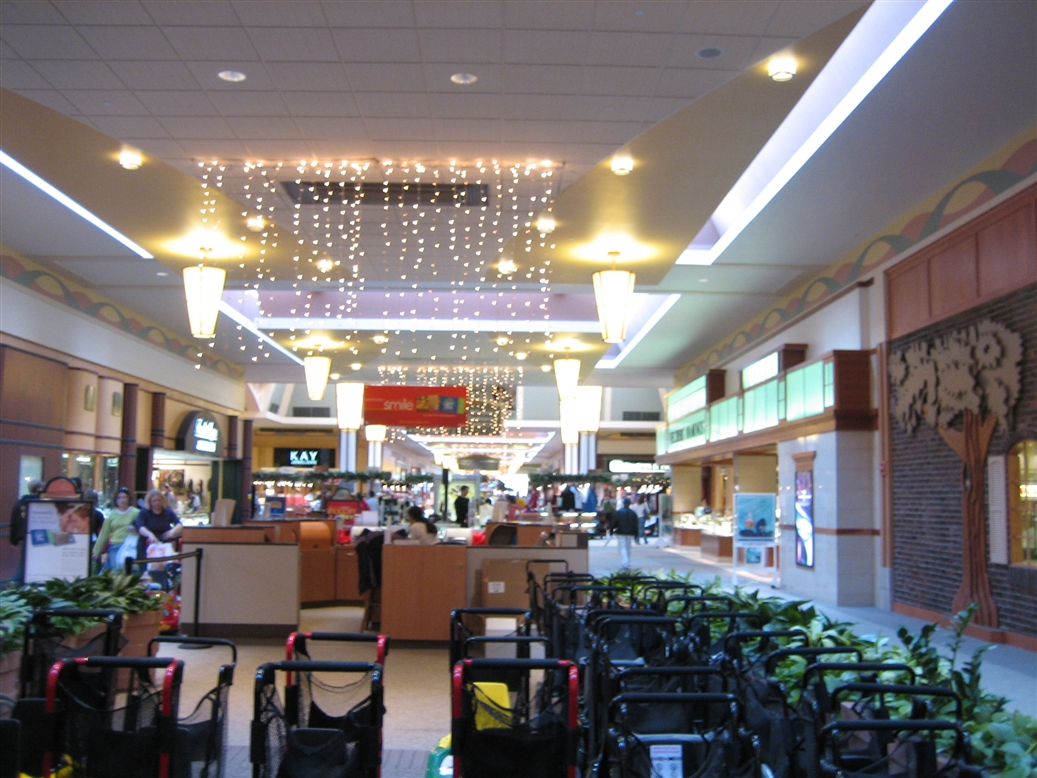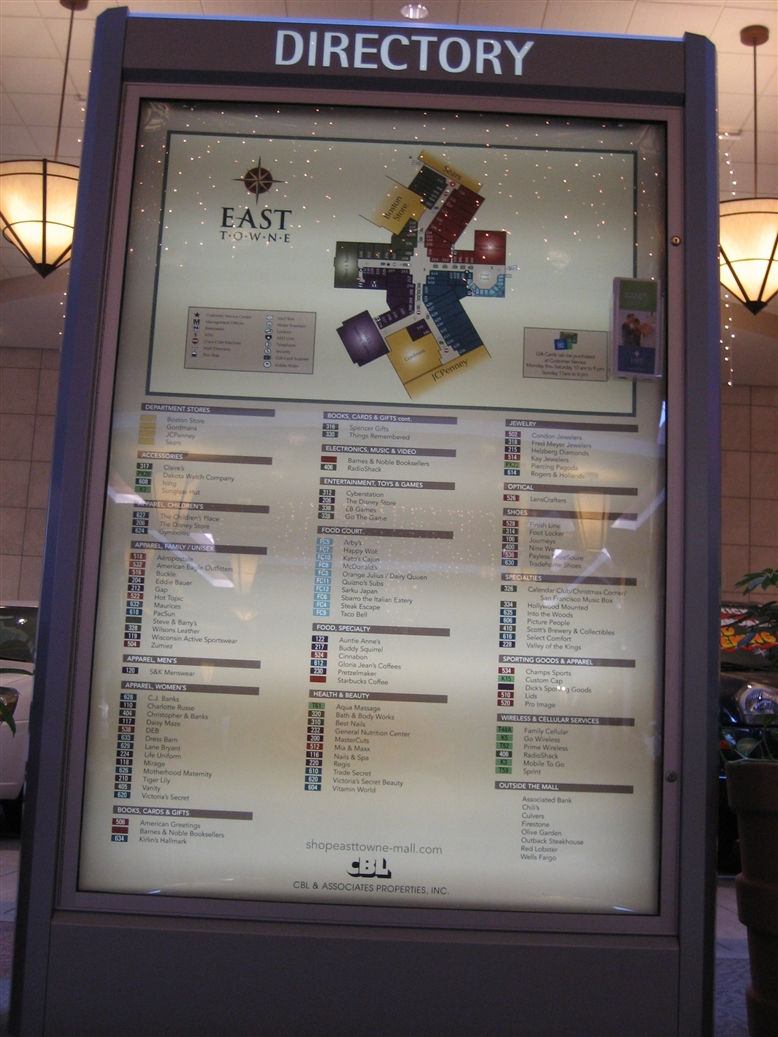Well, hey. Remember me? It’s been a while, I know. But I’m back, with a new story.
Stevens Point, Wisconsin, is a city of 26,000 located in the center of the state. Its major exports are college graduates from the University of Wisconsin-Stevens Point, one of 13 public four-year Universities in the state, and beer from Point Brewery, which I’m partial to. A decent-sized paper mill and a few Insurance companies round out the economy here, among other businesses and services.
And, of course, the Stevens Point area once had a mall. Heck, there were even two in the area. Now they have none. Zero. Zilch. Nada. The big goose egg.
 The Stevens Point area’s first mall was located in suburban Plover, a smaller city located just south of Stevens Point, and it opened in 1984. I missed seeing this one, but the interweb seems to indicate it was very small and later became part of Rainbow Falls Water Park, which itself ultimately closed in the early 2000s. The mall was apparently demolished in 2003. It also seemed to have two names: Manufacturers Outlet Mall and Plover Mall. Anyone know anything about it? Any photos? All I could find were some back issues of a local paper with a few advertisements mentioning stores in the mall.
The Stevens Point area’s first mall was located in suburban Plover, a smaller city located just south of Stevens Point, and it opened in 1984. I missed seeing this one, but the interweb seems to indicate it was very small and later became part of Rainbow Falls Water Park, which itself ultimately closed in the early 2000s. The mall was apparently demolished in 2003. It also seemed to have two names: Manufacturers Outlet Mall and Plover Mall. Anyone know anything about it? Any photos? All I could find were some back issues of a local paper with a few advertisements mentioning stores in the mall.
Even before Plover Mall (or whatever it was called) appeared on the scene, a national mall developer (sources indicate Melvin Simon and Associates) had been interested in building a large-scale mall on the edge of Stevens Point, located near the interchange of US 10 and US 51 (later I-39). This proposal, introduced several years earlier in the late 1970s, was continually blocked by locals and ultimately lost steam as the years progressed. A few years later, a different developer came up with a different proposal – to build a regional mall in the middle of downtown Stevens Point. Several blocks of downtown Stevens Point would need to be razed for this development, but the developer marketed this under the careful guise of “urban renewal” because downtown Stevens Point was flagging, as were many cities’ downtowns nationwide. This proposal won the backing of locals because it meant their downtown, which had lost its luster in recent years, would once again be the vibrant, retail-dominant center they had known in the early and mid 20th century. Groundbreaking for this downtown mall, named CenterPoint Mall, took place in September 1984, and the mall’s grand opening took place in October 1985.
Anchored by two department stores, JCPenney and Green Bay-based ShopKo, with space for a third anchor, CenterPoint Mall opened with space for 60 smaller stores under one enclosed roof. The 220,000 square foot mall was never very successful, despite ample parking in the middle of downtown and only a few blocks from the University of Wisconsin – Stevens Point, a campus with over 10,000 students. The mall never filled to capacity, nor attracted the quality of stores present in larger regional malls such as Wausau Center, located just 30 minutes north of Stevens Point in Wausau.
Its decor was pretty standard for the mid-80s, with terrazzo-tiled floors, wood and brick layered storefronts, lengthy skylights, and many plants and trees poking out from sidewalk-style grates as well as from blocky wooden planters. At night, the mall really lit up with marquee-style rows of lighting along the skylights, giving its interior a dramatic, lively appearance. I sort of liked it, even though it was more than half dead for most of its existence. The layout of the mall was a simple dumbbell with a somewhat narrow main walkway. Pretty standard stuff for a city this size.
CenterPoint Mall was part of a larger trend and planning convention for urban renewal in cities across the country. The logic for the convention came from the fact that suburban-style malls had been enjoying incredible success in suburbs and the peripheries of cities, at the expense of downtowns, which had been the vibrant focal point of cities since their inception. Stores were rapidly leaving downtowns for these malls nationwide, and downtowns across the country were becoming outmoded derelict ghost towns. Beginning in the 1960s, and through at least the mid-1980s, developers had success convincing cities to tear up their aging, decrepit downtowns to put in typical regional malls. Many of these, especially in smaller cities, even had the same large, free parking lots shoppers enjoyed in the suburbs. Cities were quick to give up space to these developments, unfortunately tearing down many historic landmarks in the process. Ah, the prospect of progress, to make something old new again.
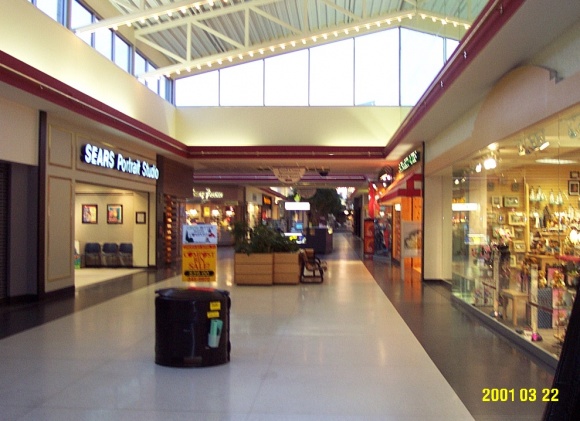 Examples of developments like these took place in Rochester, NY (Midtown Plaza), Salem, OR (Salem Center), White Plains, NY (several malls), Santa Maria, CA (Town Center), Milwaukee, WI (Grand Avenue Mall), Columbus, OH (City Center), and some even closer to Stevens Point in Oshkosh (Park Plaza Mall), Appleton (Avenue Mall), Wisconsin Rapids (Rapids Mall), and Wausau (Wausau Center). The list obviously goes on, and there are many more examples nationwide. The majority of these developments have struggled through the 1990s into the present, and many have been repurposed, are struggling, or have scaled back considerably. Interestingly, Wausau Center is an exception, having enjoyed success and helping to create a more vibrant downtown in the process.
Examples of developments like these took place in Rochester, NY (Midtown Plaza), Salem, OR (Salem Center), White Plains, NY (several malls), Santa Maria, CA (Town Center), Milwaukee, WI (Grand Avenue Mall), Columbus, OH (City Center), and some even closer to Stevens Point in Oshkosh (Park Plaza Mall), Appleton (Avenue Mall), Wisconsin Rapids (Rapids Mall), and Wausau (Wausau Center). The list obviously goes on, and there are many more examples nationwide. The majority of these developments have struggled through the 1990s into the present, and many have been repurposed, are struggling, or have scaled back considerably. Interestingly, Wausau Center is an exception, having enjoyed success and helping to create a more vibrant downtown in the process.
The dire implications of many of these developments result from improper positioning, pitting suburban interests against downtown constraints. The suburban model of retail cannot easily be superimposed on its predecessor (and arguably, its replacement as of late), the downtown. First, by the time many downtowns were repurposed to house traditional enclosed malls, there was already a sort of competition on the periphery of these cities. In Stevens Point’s case, several suburban-style retail clusters had already popped up on the north, east, and south sides of the city. The synergy of collective business, strip malls, and big box stores in these clusters helped them thrive, whereas there was no extra room downtown for these types of stores. While the mall had free parking, the rest of downtown was still constrained by on-street parking, and by tearing up several blocks of downtown to put in the mall there was even less of a reason to shop at the more traditional streetfront downtown stores.
This leads to the next point – ripping up a downtown grid to put in a huge mall is simply poor planning style. Several through-streets were truncated at the mall, creating a loss of flow through downtown. Areas directly north of the mall were suddenly completely cut off from downtown by the several block long development.
As the years went on, Pointers chose to shop at the businesses in the peripheral retail districts, or in nearby Wausau or Appleton rather than their own mall. As such, the mall was never fully occupied. More importantly, it was thus never able to attract the kind of destination stores to get people in the doors. There was never an American Eagle, Victoria’s Secret, Pottery Barn, or the like.
In the late 1990s, a small apparel-oriented department store, Stage, opened as CenterPoint Mall’s third anchor, on the north-facing side in the center. Unfortunately, Stage was short-lived, and closed after only two years, in 2000. In 2003, Dunham’s Sports opened in this space, but they too only lasted a few years, moving to the US 10 strip on the east side for a bigger store.
 Not long after, the mall began its long, slow spiral into oblivion. A visit in 2010 yielded a total of five stores open. In May of that year, JCPenney decided to call it quits and close their store, putting 39 folks out of work. That same year, the Central Wisconsin Children’s Museum departed as well. You know your mall is dead when a museum leaves…
Not long after, the mall began its long, slow spiral into oblivion. A visit in 2010 yielded a total of five stores open. In May of that year, JCPenney decided to call it quits and close their store, putting 39 folks out of work. That same year, the Central Wisconsin Children’s Museum departed as well. You know your mall is dead when a museum leaves…
Meanwhile, the mall had been in foreclosure, and the remaining handful of tenants began to trickle out. In May 2011, the city of Stevens Point declared the mall blighted and condemned it. This outraged Valley Bank of Iowa, who owned the mall in receivership, and they unsuccessfully sued the city to win back the mall. The city then scored a $750,000 federal block grant to redevelop the mall, and in March 2012, the doors to the mall were permanently closed to the public. ShopKo is the only store to remain, as its building is technically owned and operated as a separate entity.
I happened to stop by CenterPoint Mall one hot day in June 2012, and took the second set of photos that day. I was actually unaware the mall was closed to the public, as ShopKo was open and the entrance next to ShopKo was propped open with some activity. A maintenance man was doing something near the entrance, and a couple girls walked into the mall ahead of me, so I thought nothing of the fact that I shouldn’t have been there. This changed, however, when I saw that the many fig trees planted in the mall’s main walkway had lost most of their leaves onto the floor, creating a crunchy carpet of green and brown. I was able to walk the entire length of the mall unquestioned, as the two girls who walked in ahead of me went into a dead store that appeared to be some makeshift community center or charity or something. They hung out in the store talking and giggling, and I walked the length of the mall full of dead trees. It was a strange, eerie moment. I actually only discovered the mall was supposed to be shut when I got to the other end and saw notices on another set of entry doors that said the mall was permanently closed that March. Whoops.
In all, it was a satisfying but bittersweet visit. I got a chance to say goodbye to a mall I’d visited several times, and one I was always perplexed by. Demolition of CenterPoint Marketplace began in August 2012, and today most of the mall is history. Mid-State Technical College will move into a former portion of the mall in 2013, and ShopKo is open for business as usual. Third Street was extended through part of the former mall as it had been before the mall opened, almost exactly 27 years ago. What’s old is now new again, and as downtowns across the nation are experiencing a resurgence, Americans want denser, more urban developments and the organic well-designed community gathering space of a traditional downtown.
Elsewhere on the web:
- Flickr set of the mall from Andrew T. with useful commentary, from 2010
- A look back at CenterPoint Mall history, with many early photos, from the Stevens Point Journal
Photos from March 2001:
Photos from June 2012:


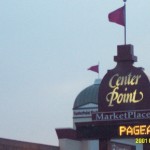
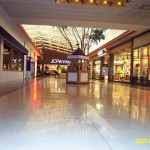
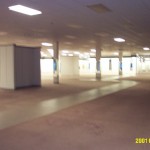

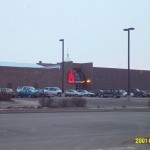
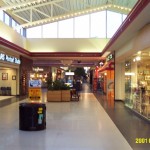
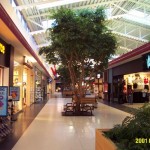
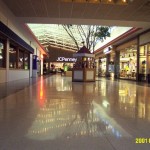
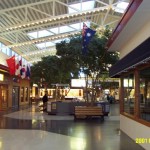

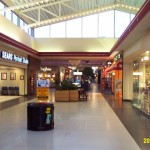





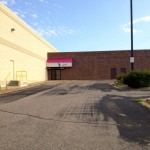

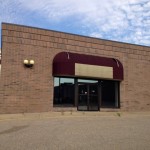
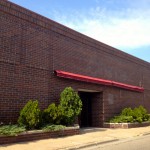

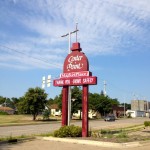
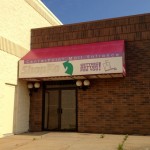
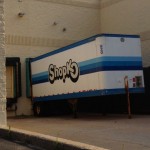
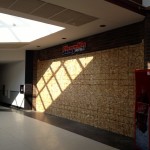
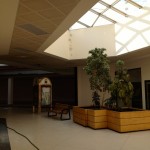
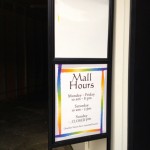
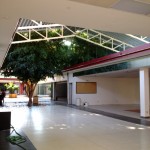
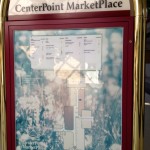

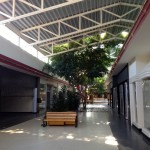


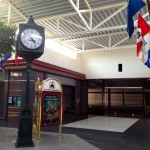

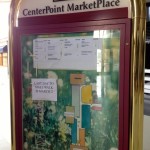
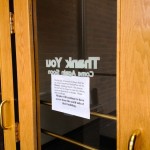

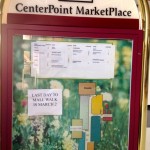

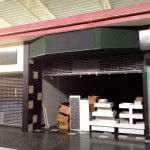

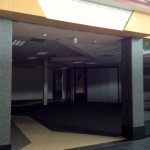
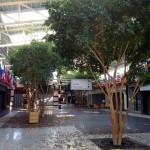

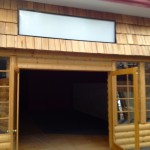
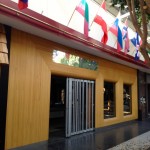
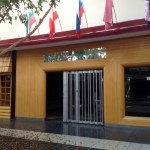
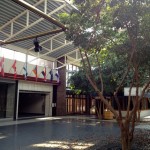
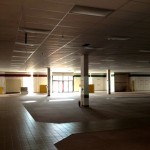
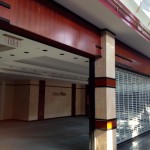
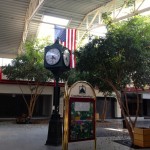
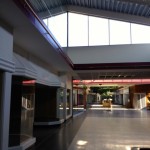
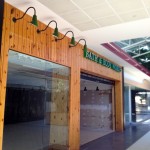
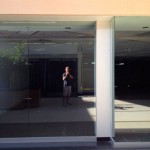

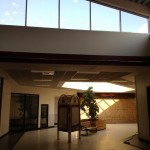

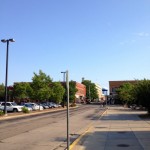

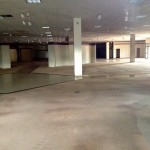
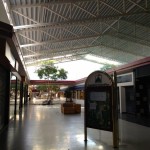


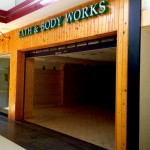
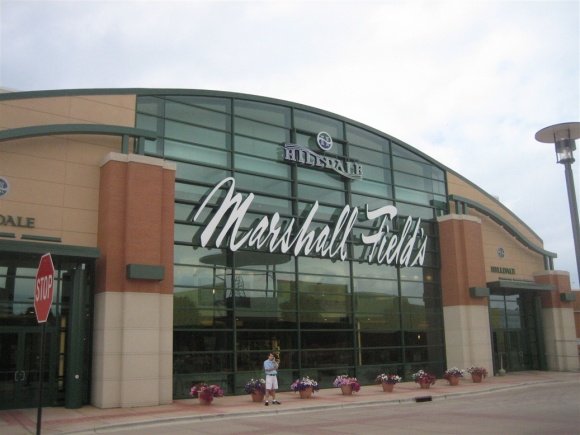 Opened in 1962 on what was then the western edge of Madison, Hilldale Shopping Center has had a unique and intriguing history. Hilldale was one of the first major shopping centers in town, and it’s also one of the closest malls to where I live. The thing about Hilldale is that it falls under the radar – it’s not a traditional mall in any sense of the word, and never really was. Through the decades Hilldale has undergone some major changes and has continued to reinvent itself by eschewing shopping center norms, and, reflective of its status as an institution in this weird city I live in, remains as viable as ever.
Opened in 1962 on what was then the western edge of Madison, Hilldale Shopping Center has had a unique and intriguing history. Hilldale was one of the first major shopping centers in town, and it’s also one of the closest malls to where I live. The thing about Hilldale is that it falls under the radar – it’s not a traditional mall in any sense of the word, and never really was. Through the decades Hilldale has undergone some major changes and has continued to reinvent itself by eschewing shopping center norms, and, reflective of its status as an institution in this weird city I live in, remains as viable as ever.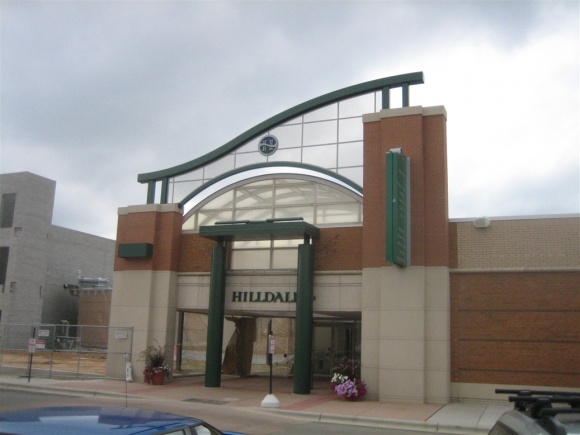
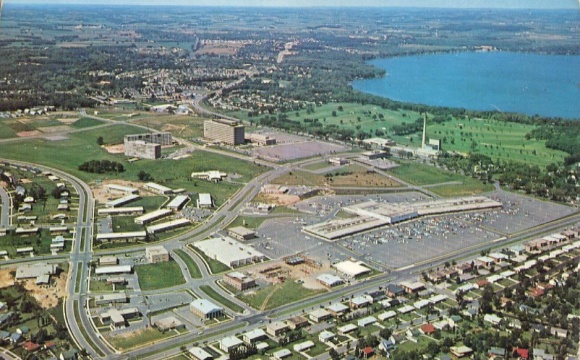
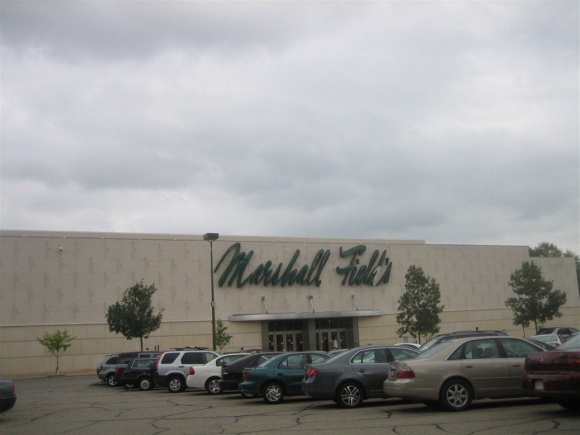
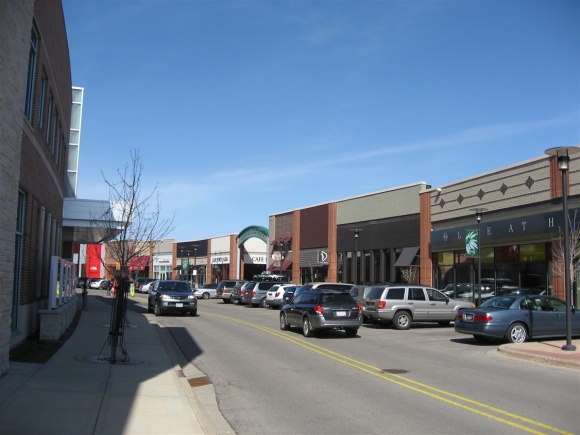
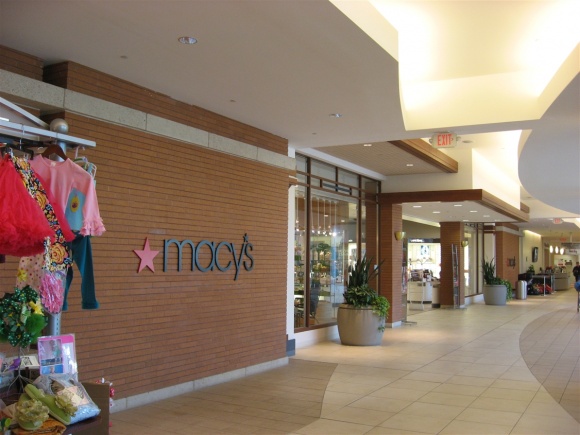
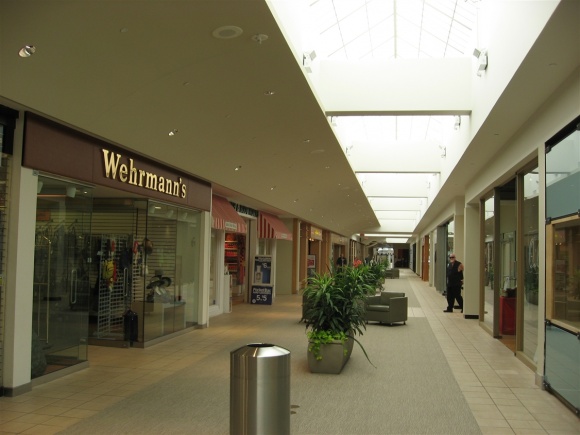
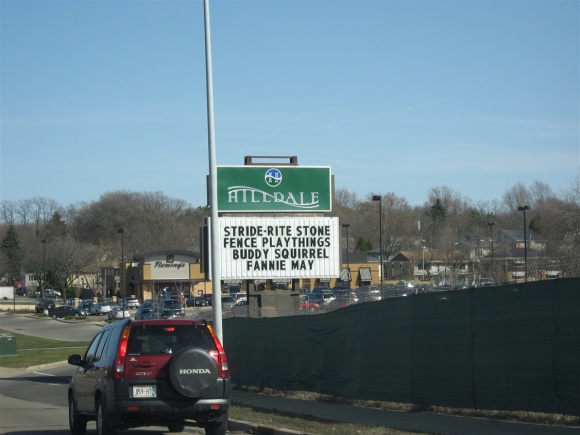

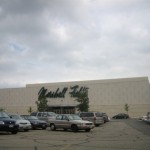
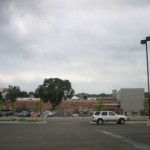
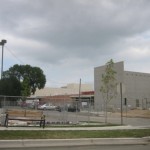
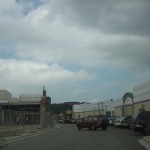
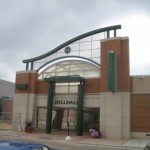
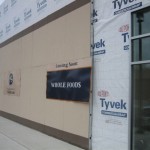
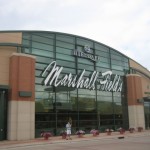
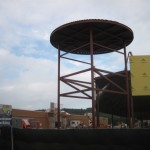
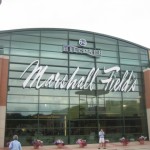
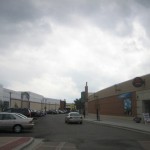

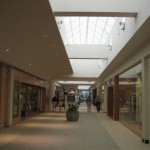
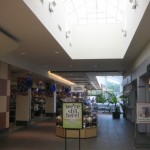

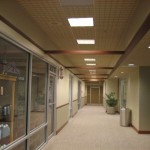

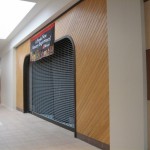
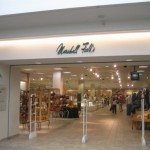


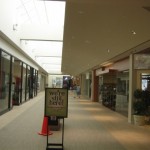

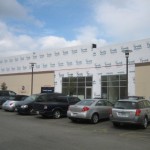
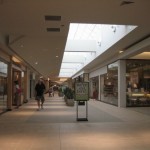
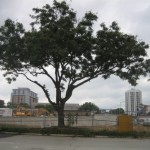
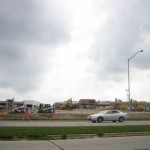
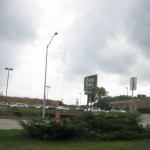

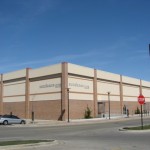
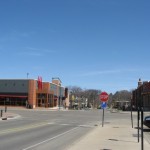

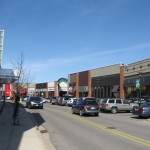
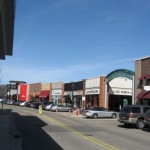
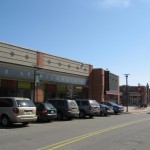
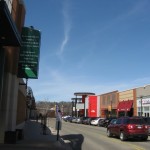
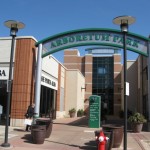
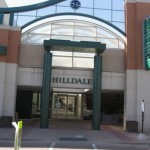
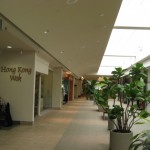



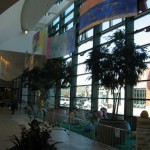
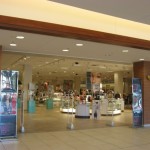
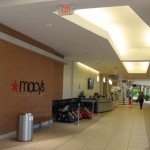
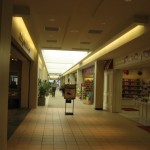
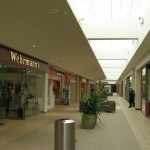
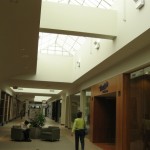
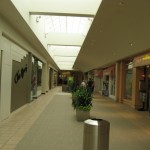
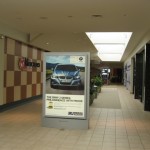
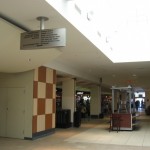
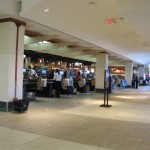
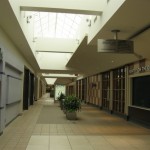
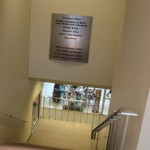
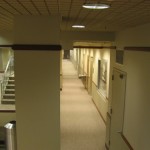
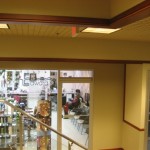
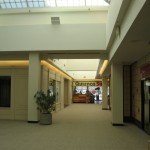
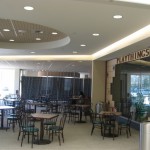

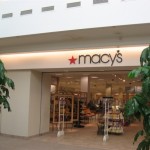
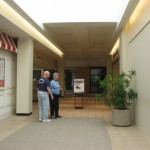
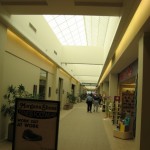
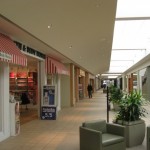
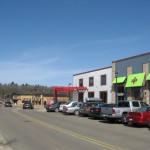
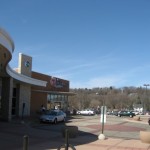
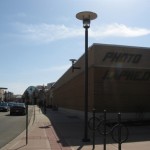
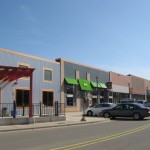
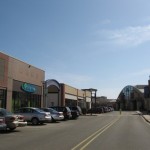
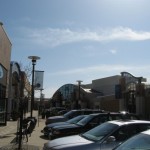
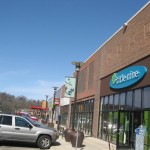
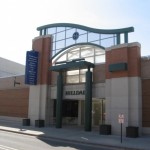
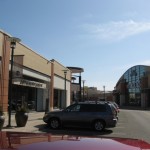
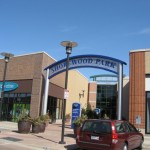
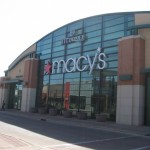
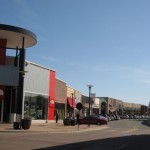
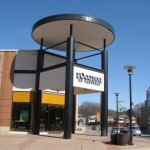
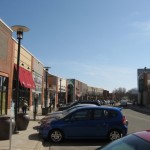
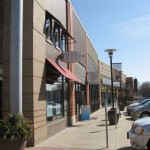
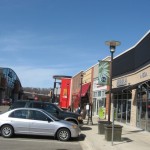

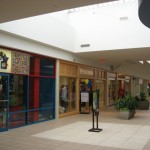
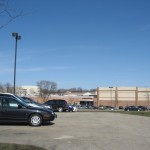
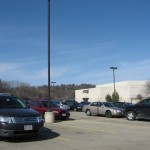
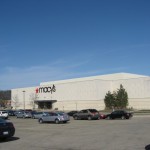
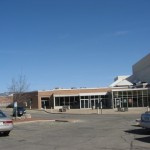
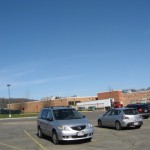
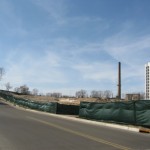
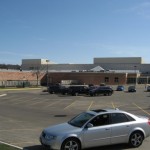
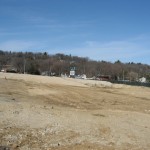
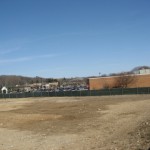
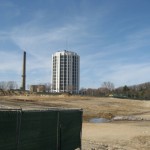
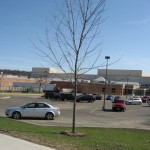
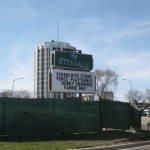

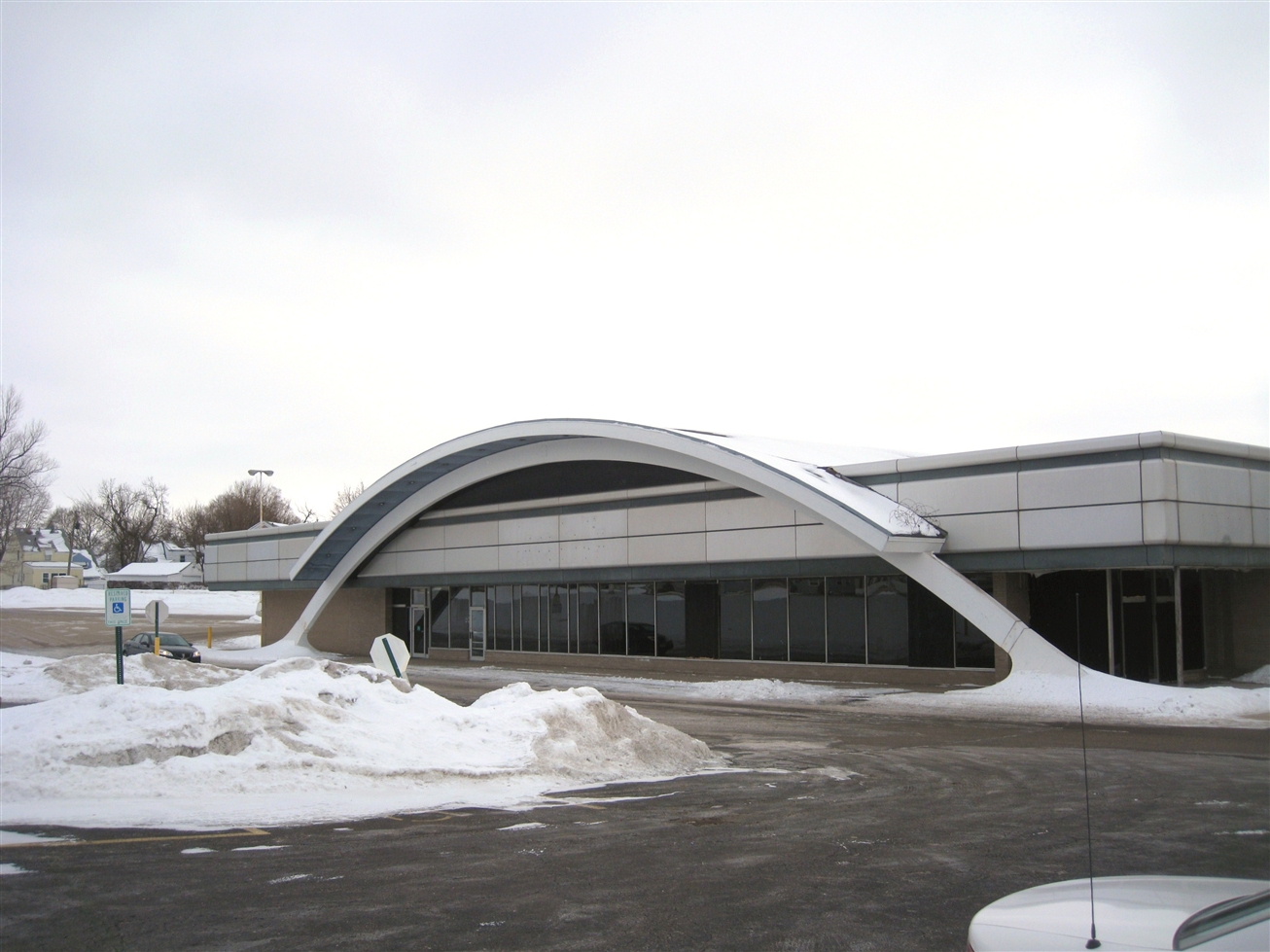

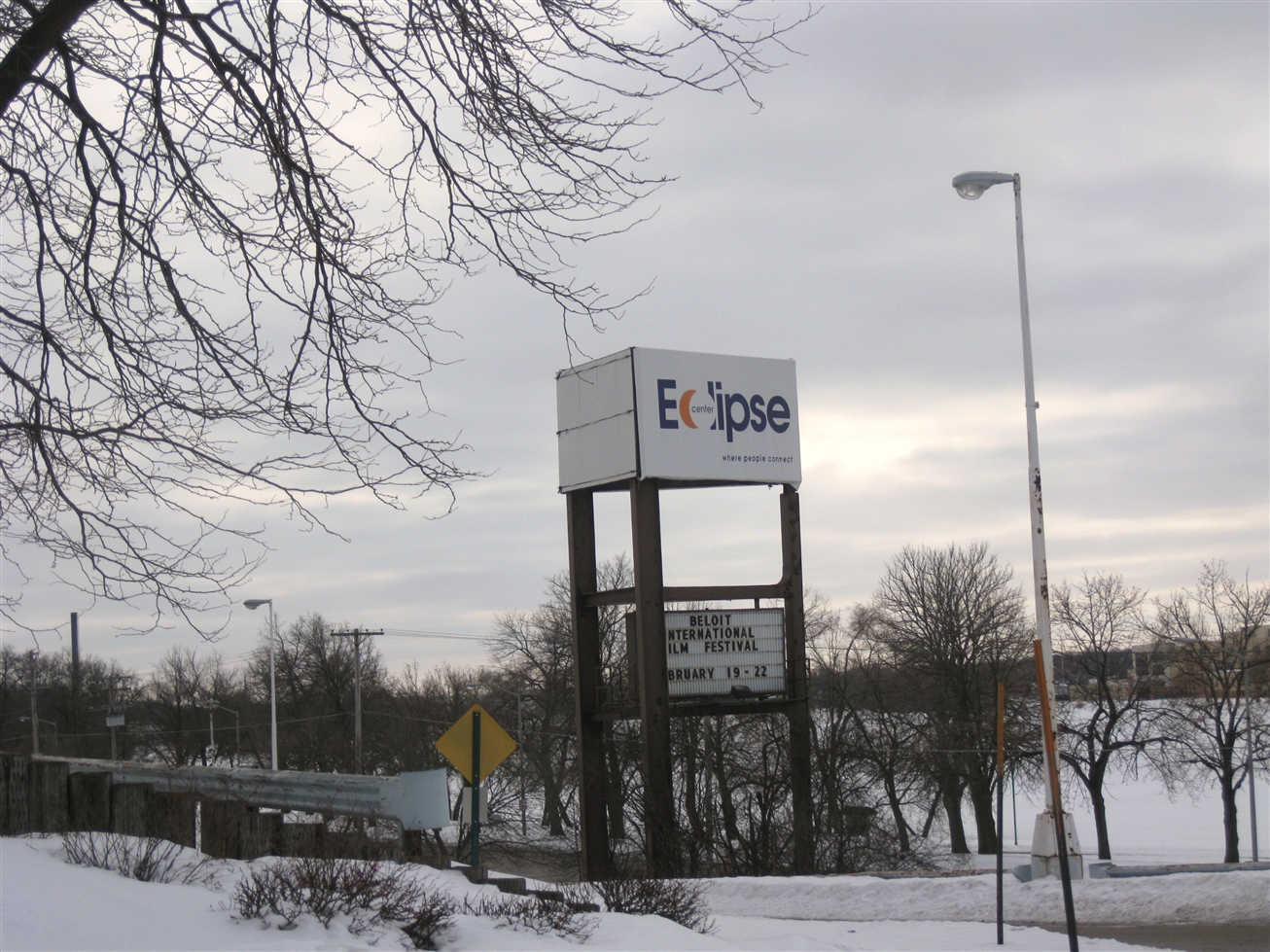
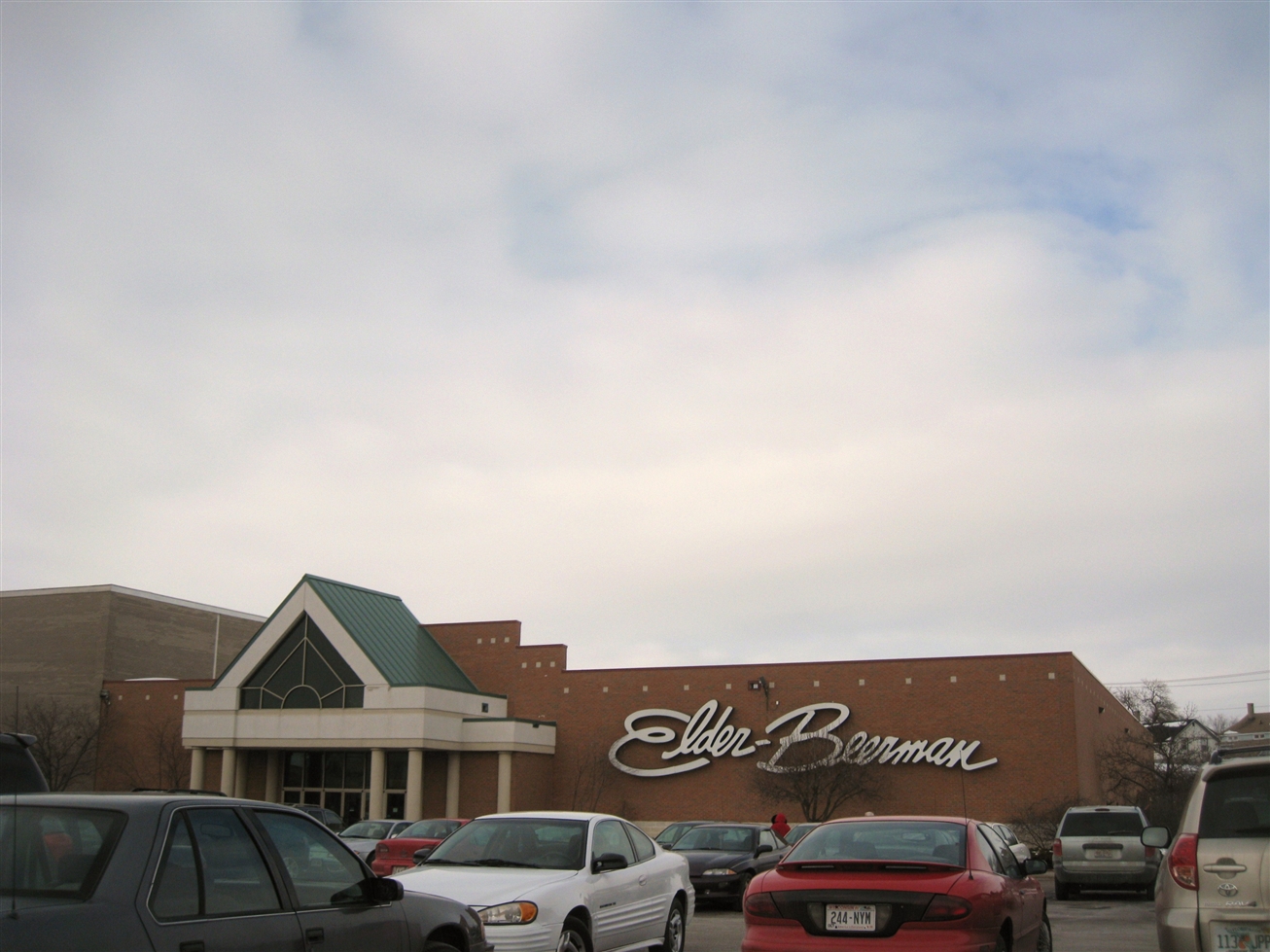
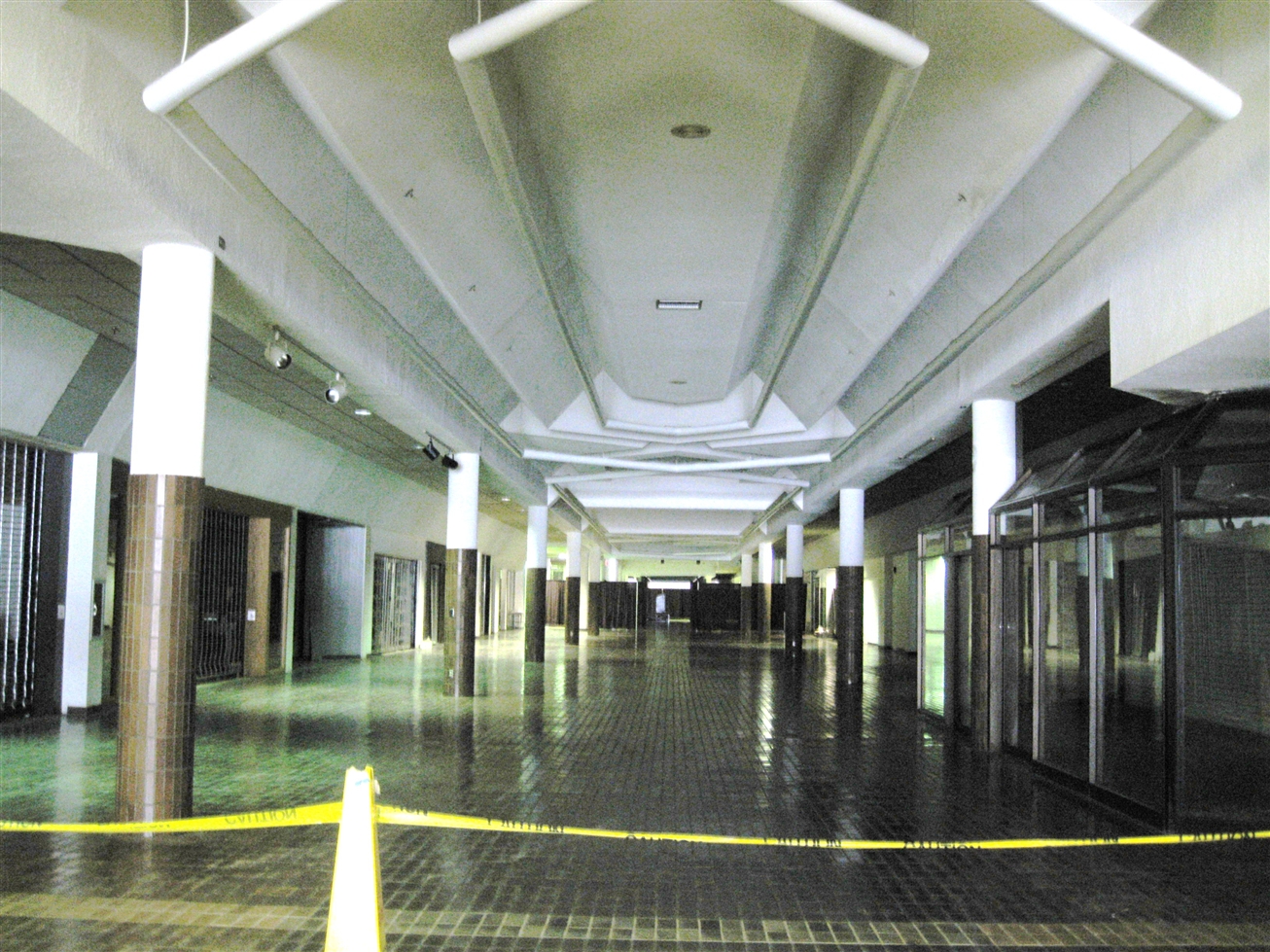
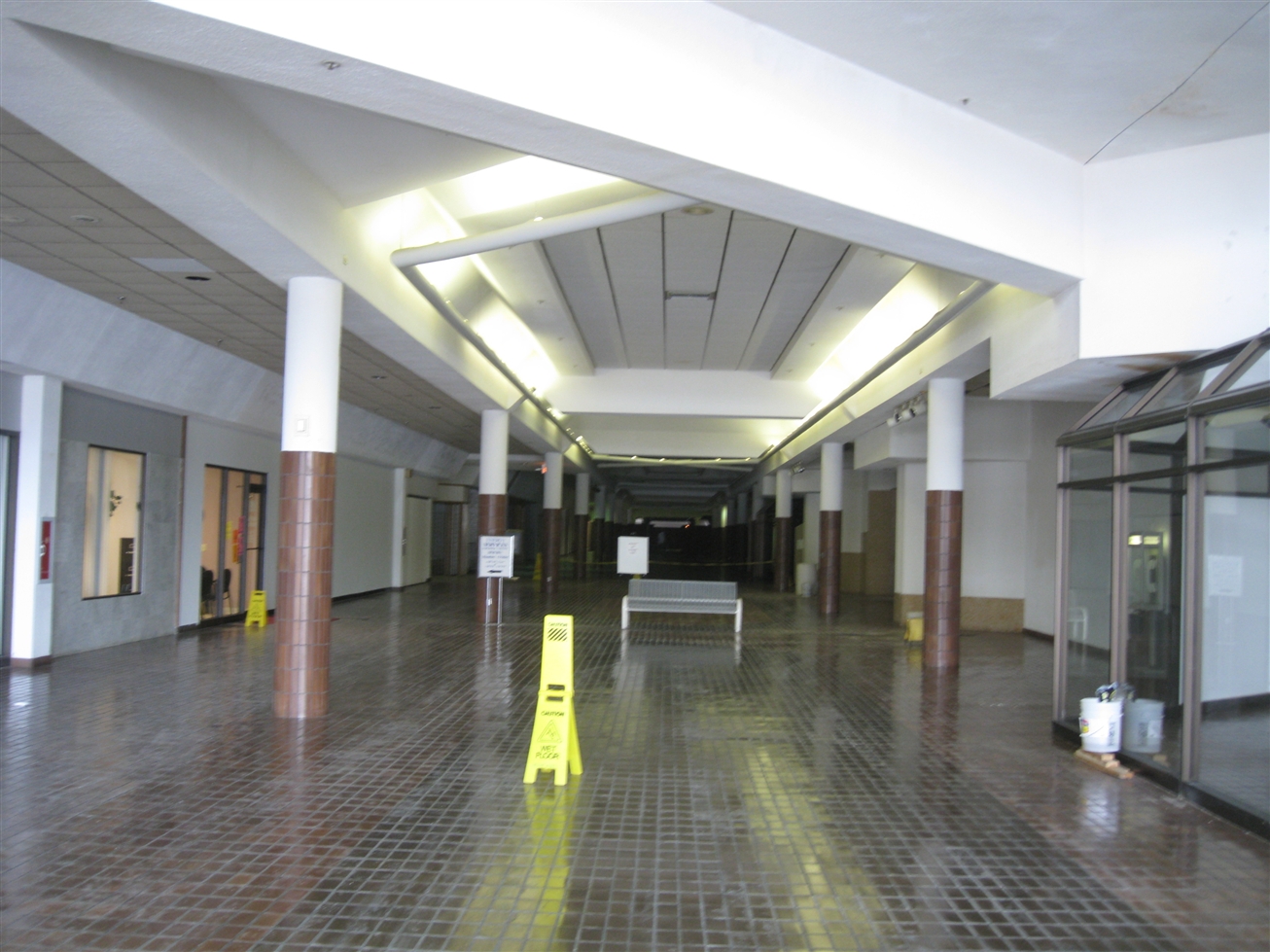

































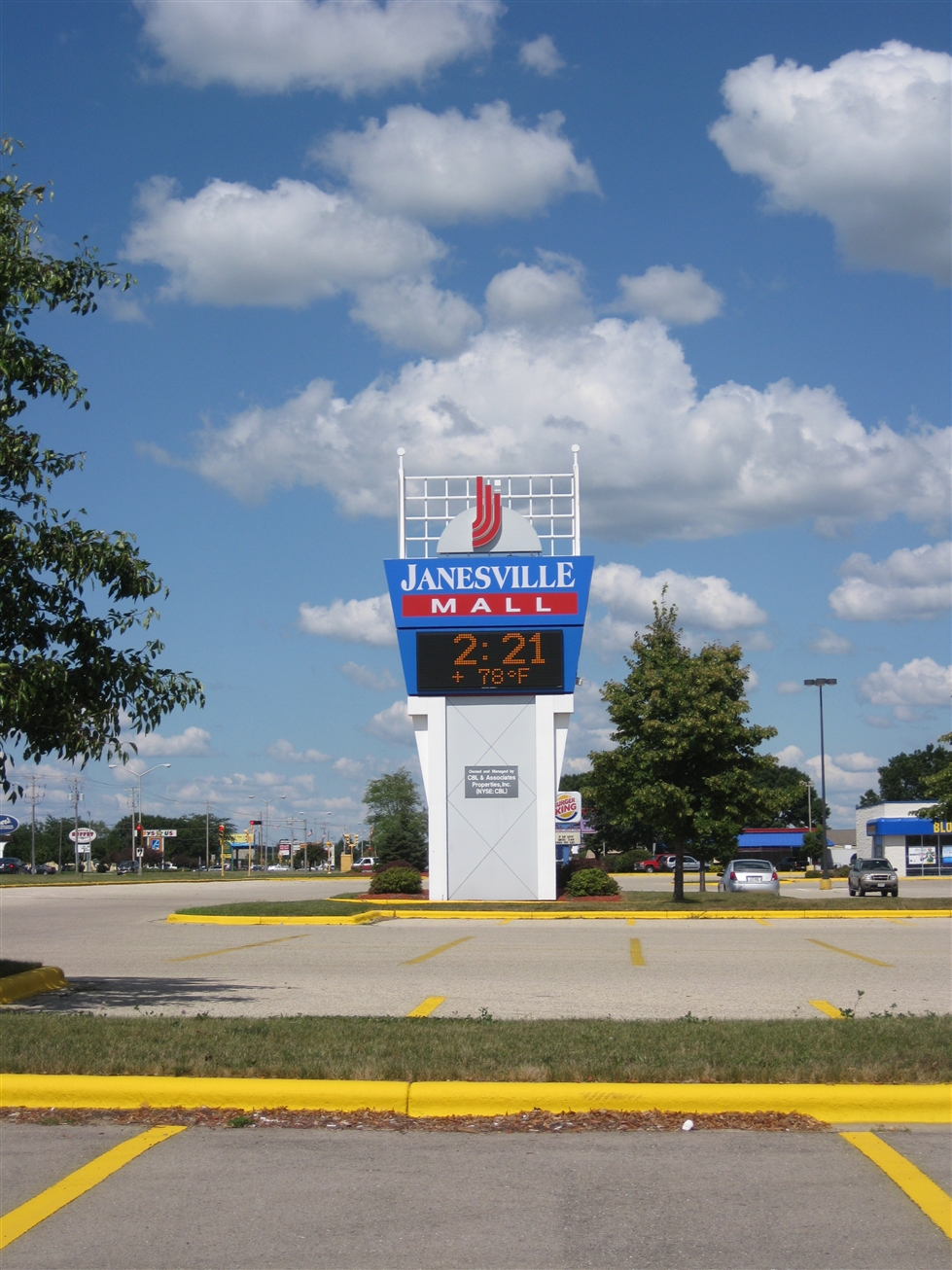
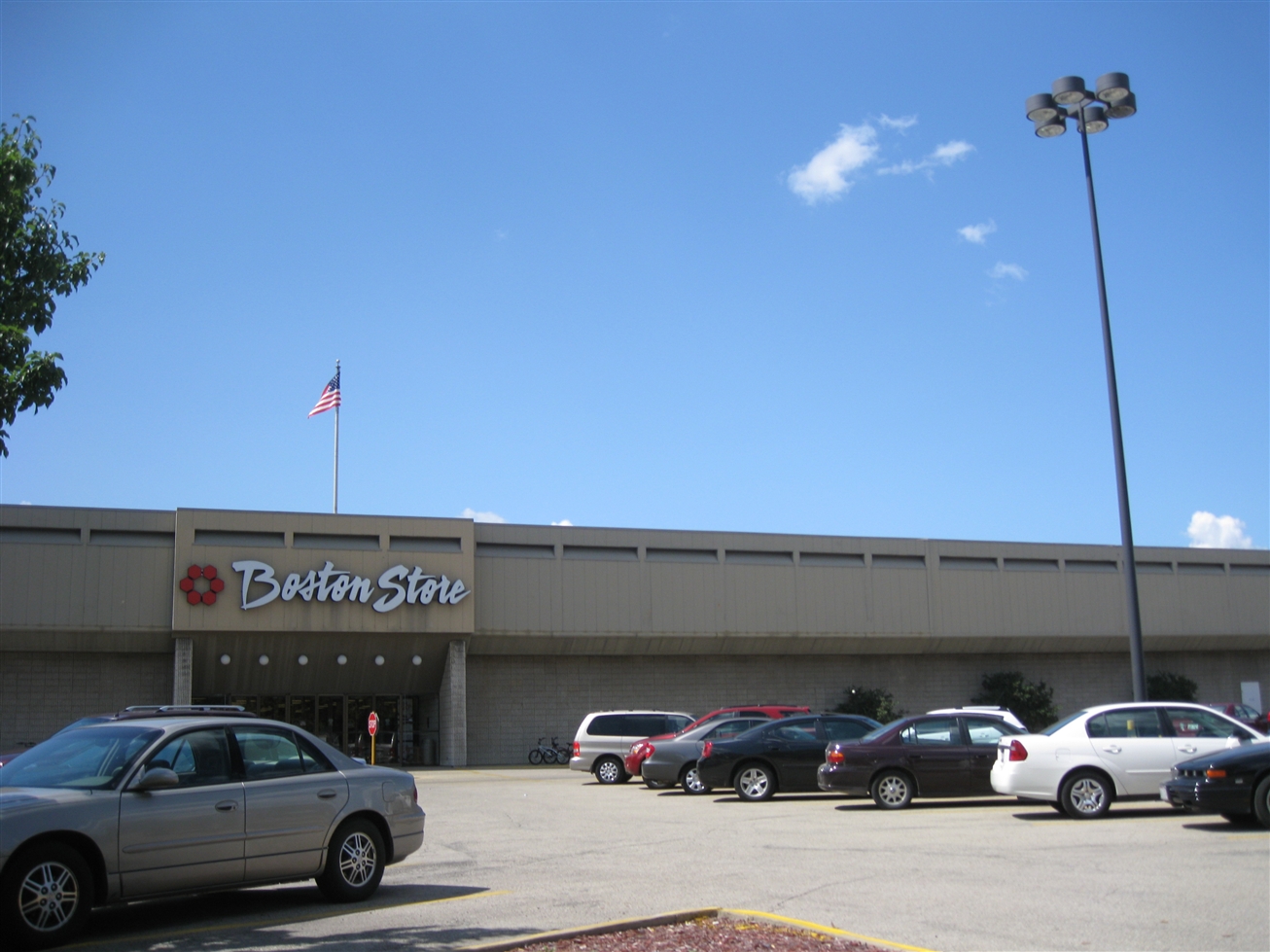

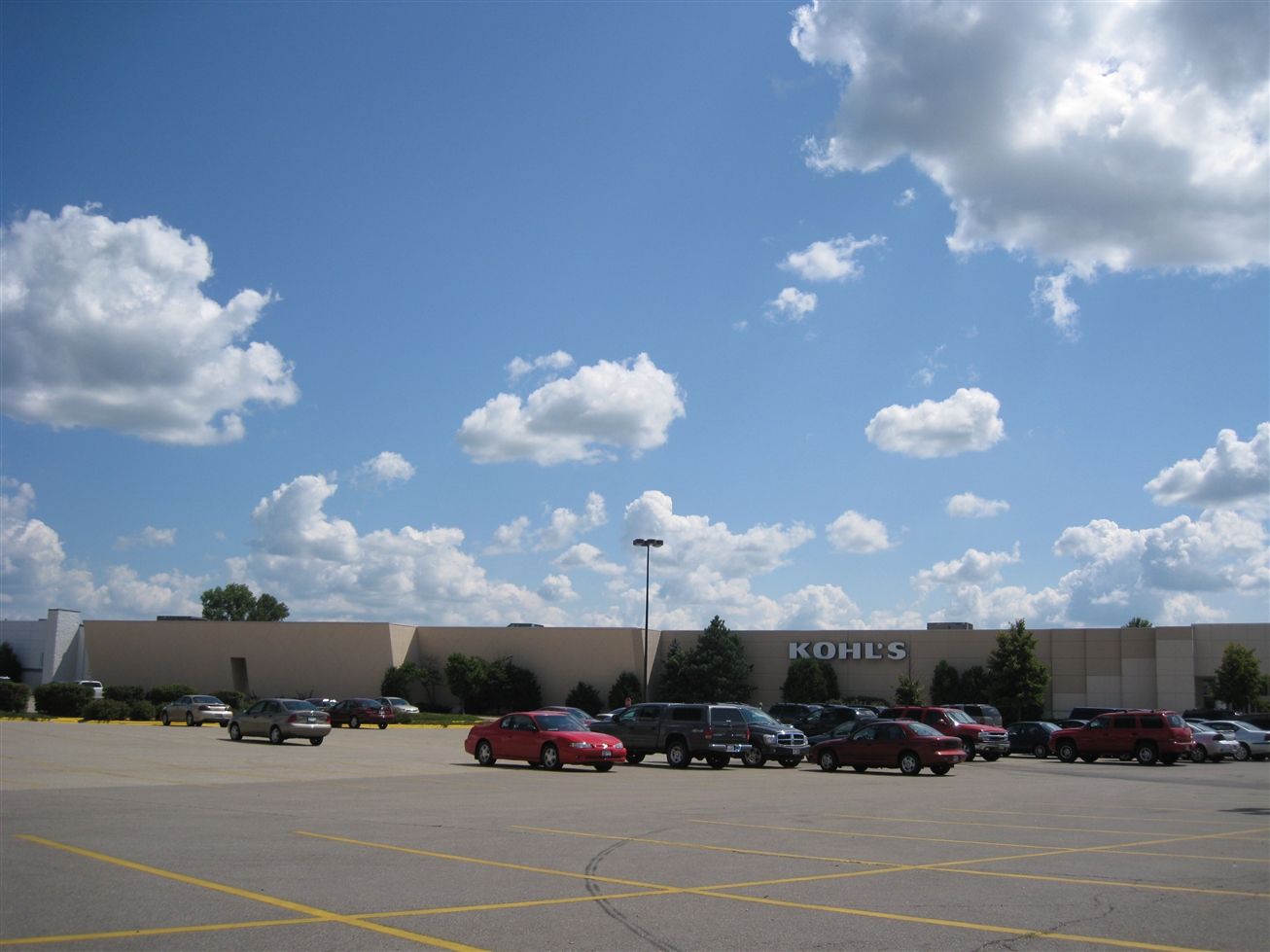
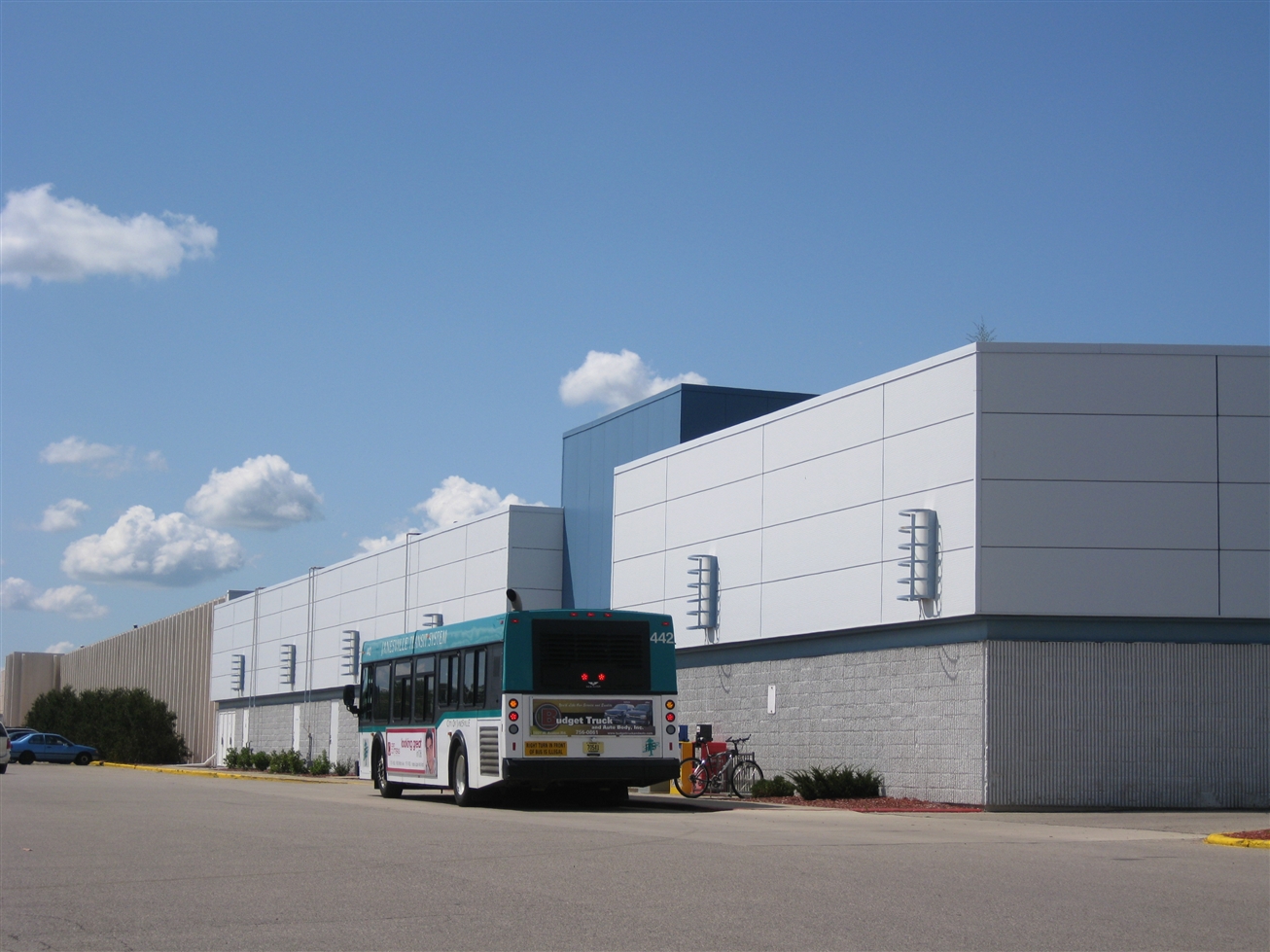
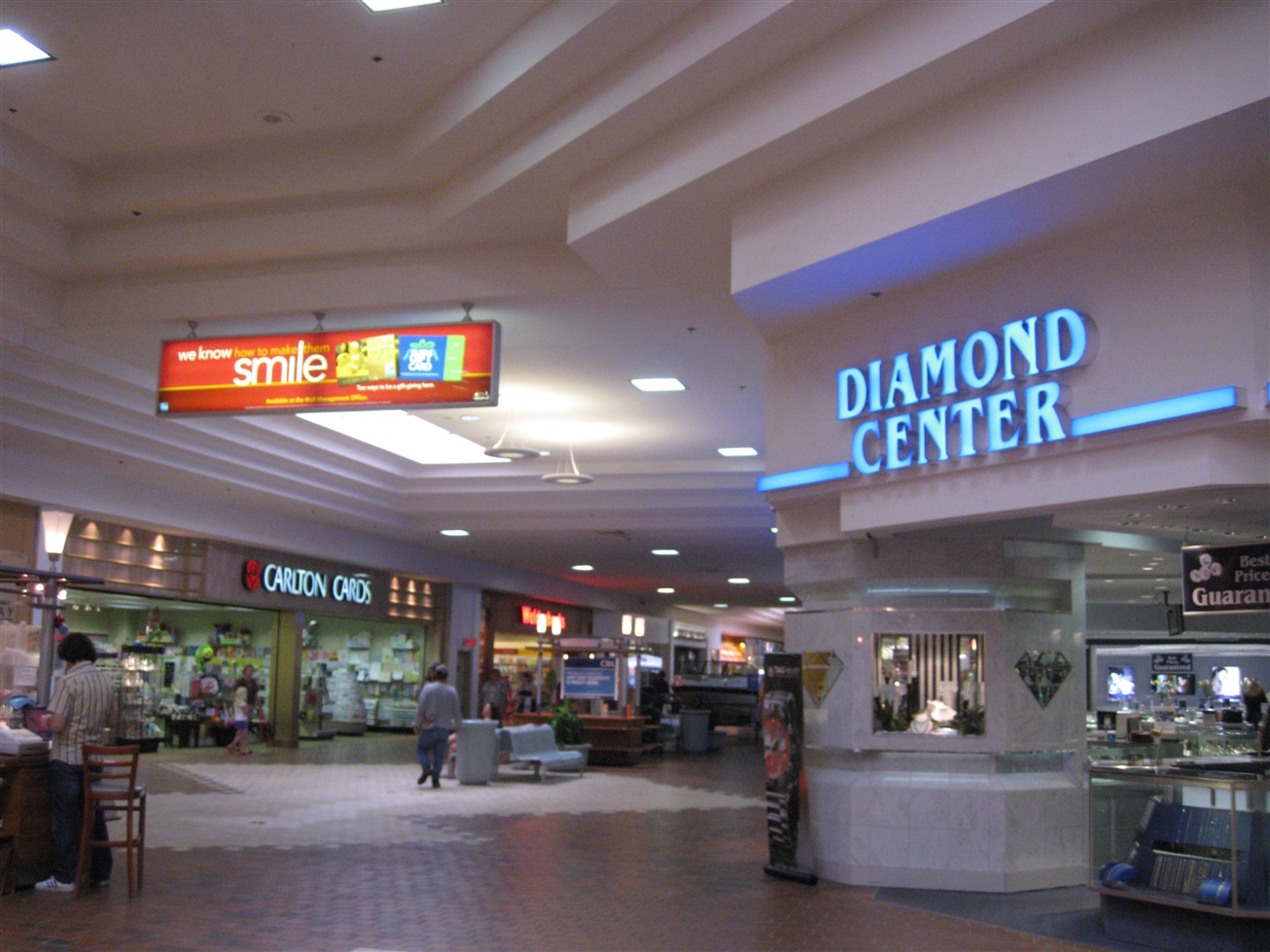
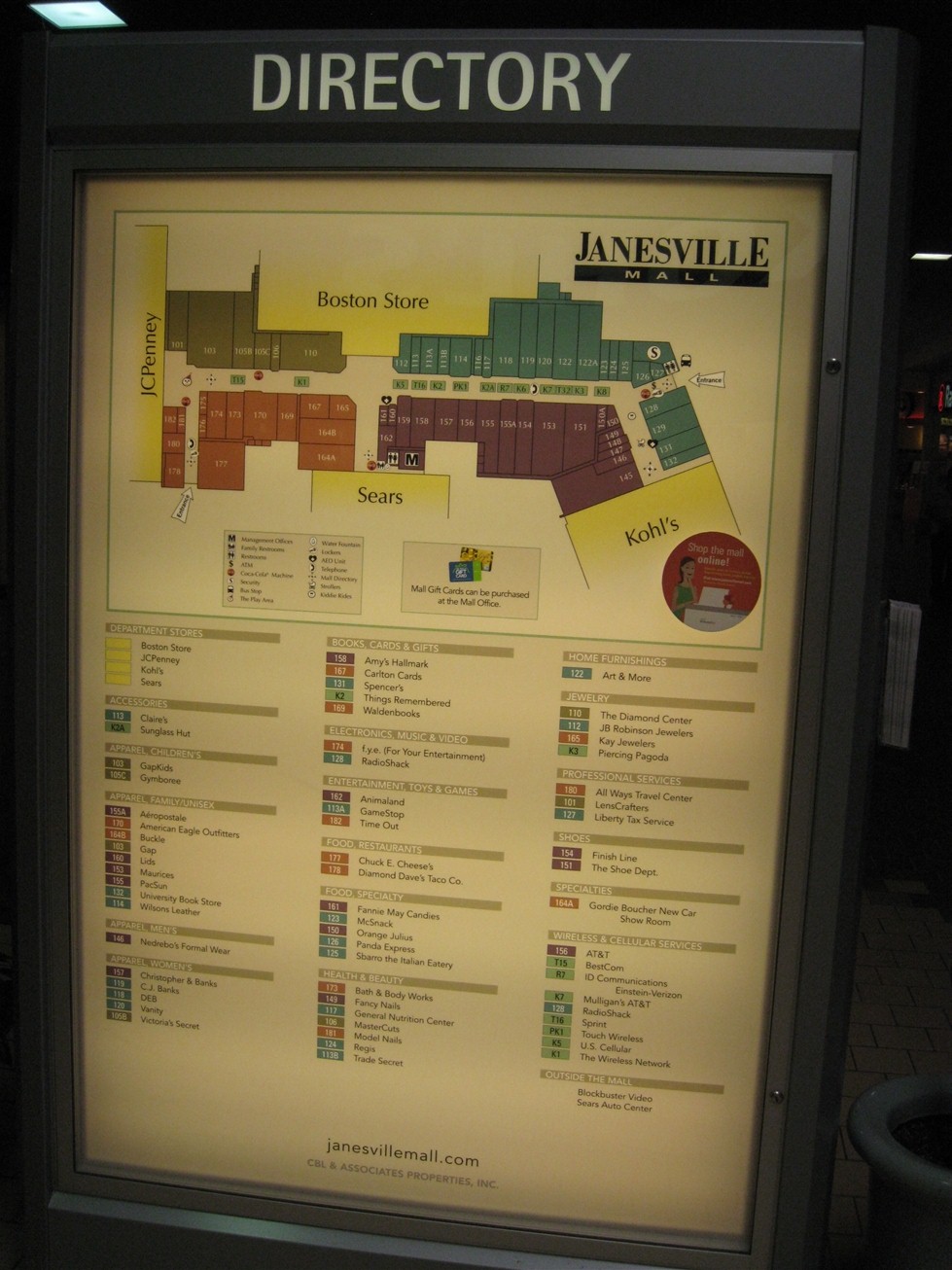
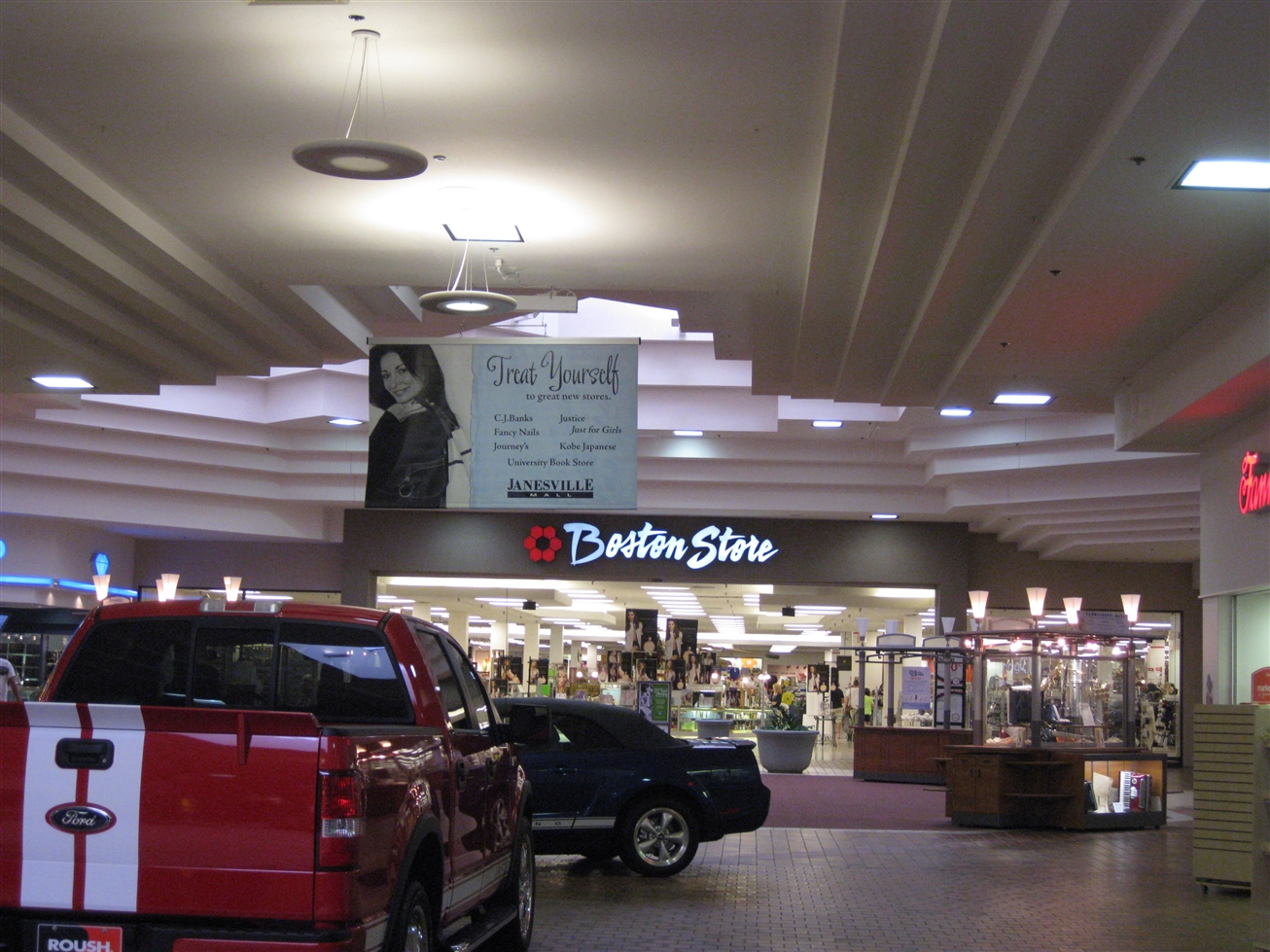
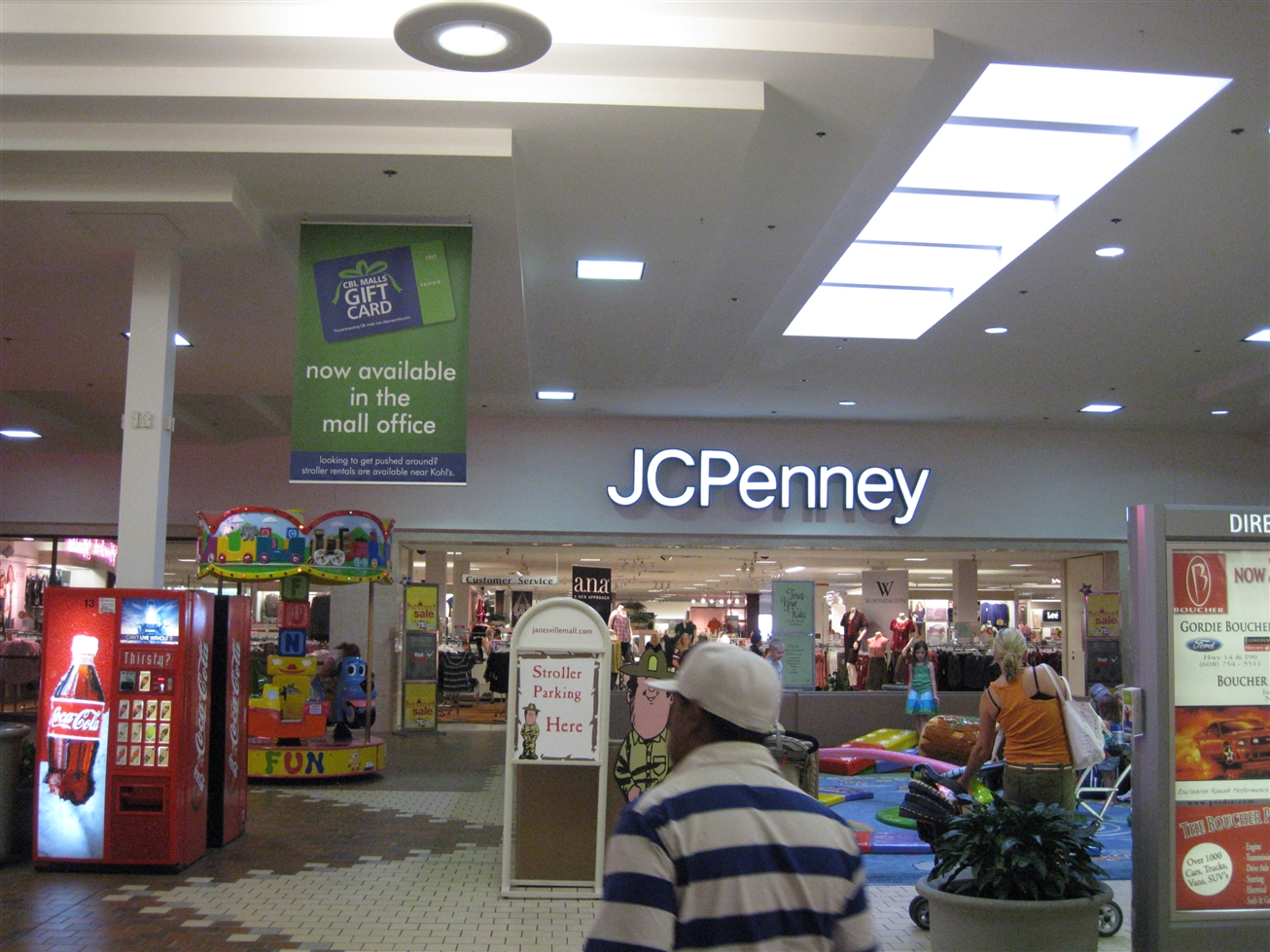
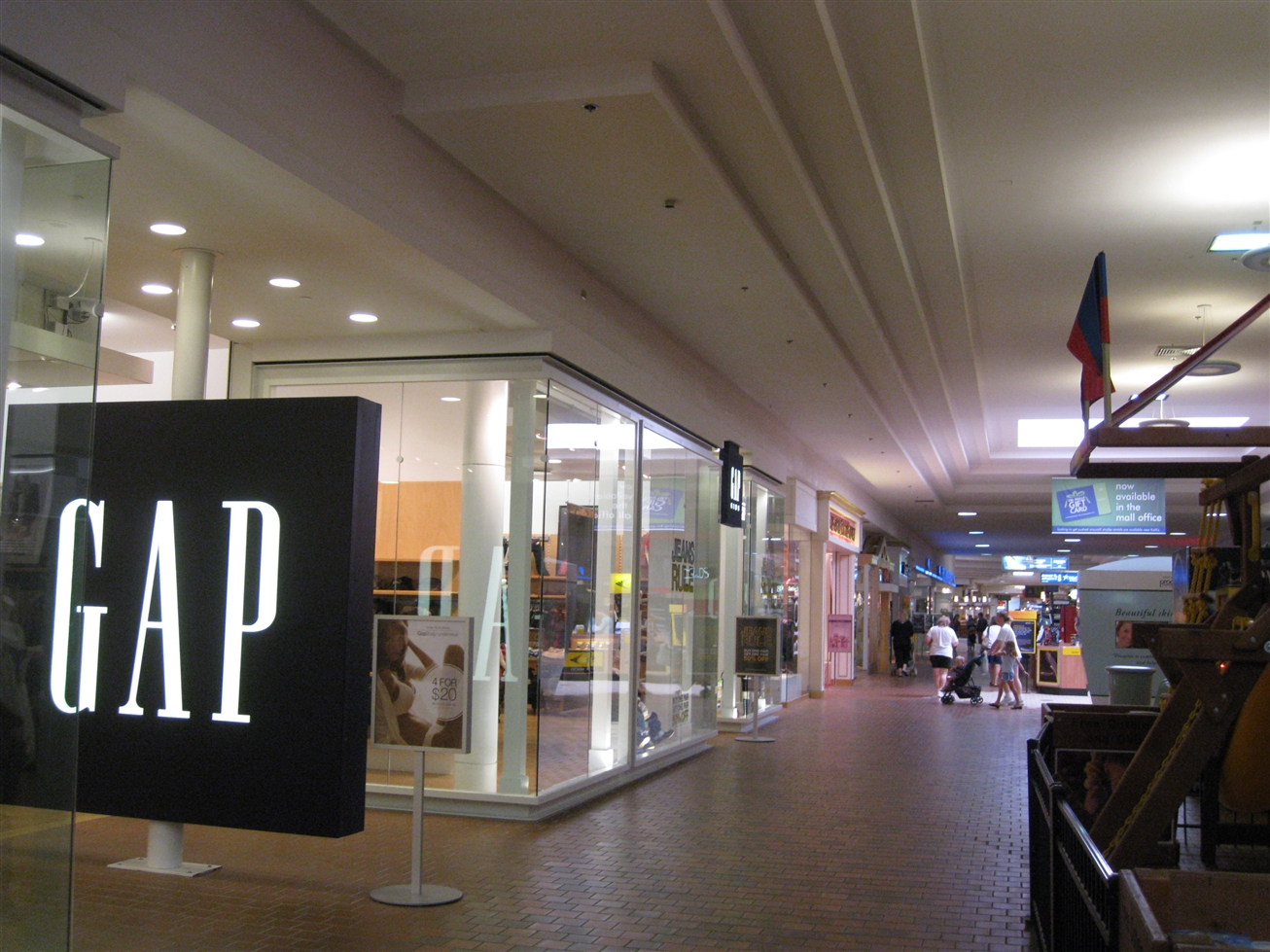
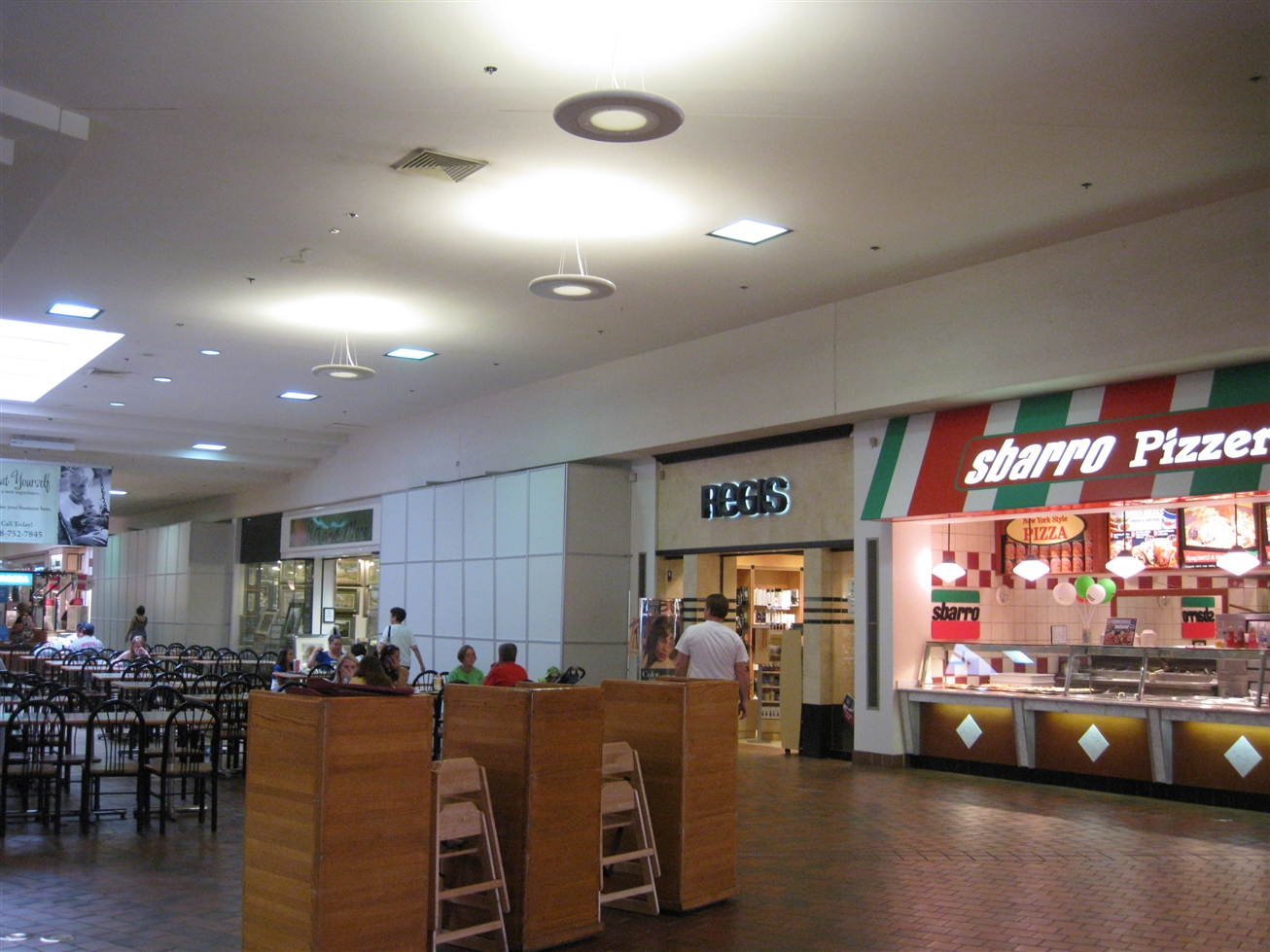
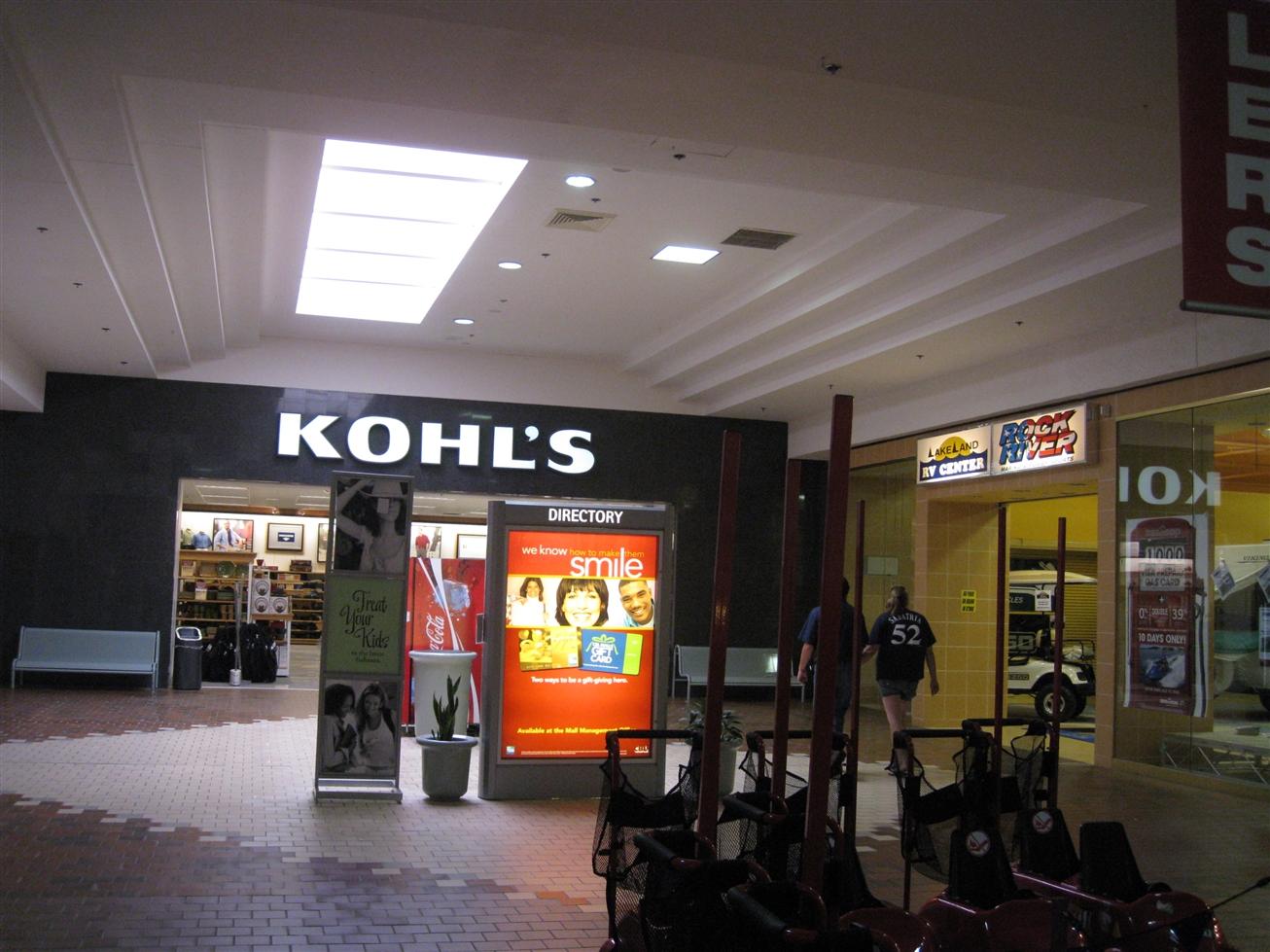




















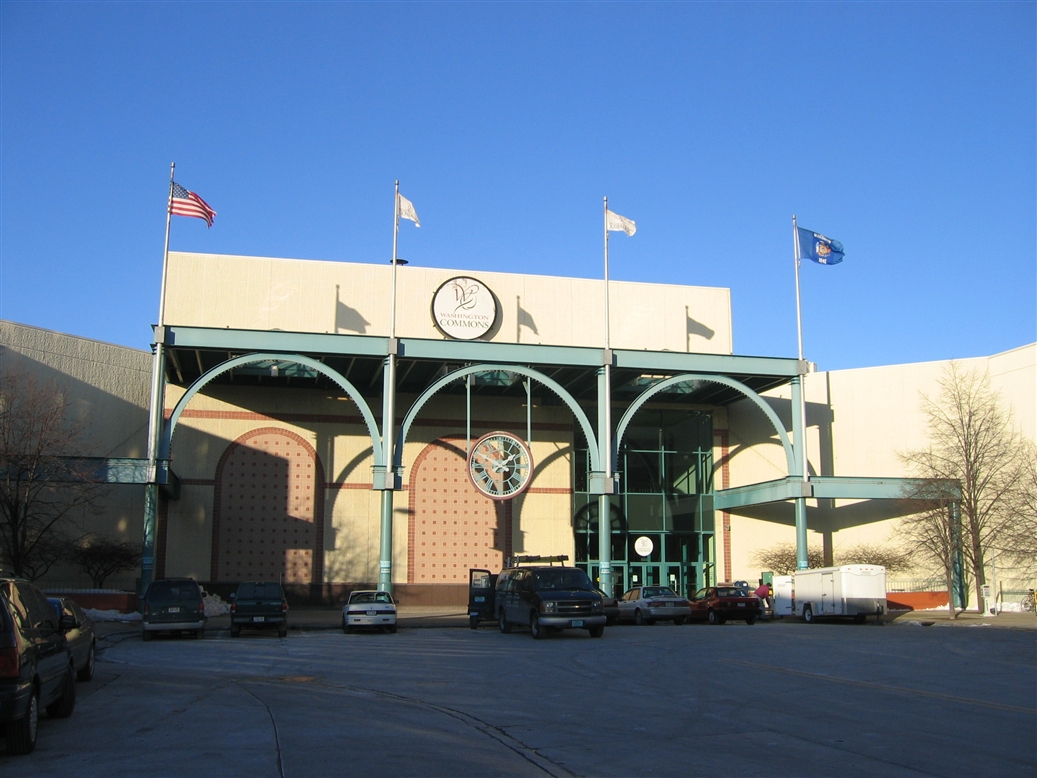
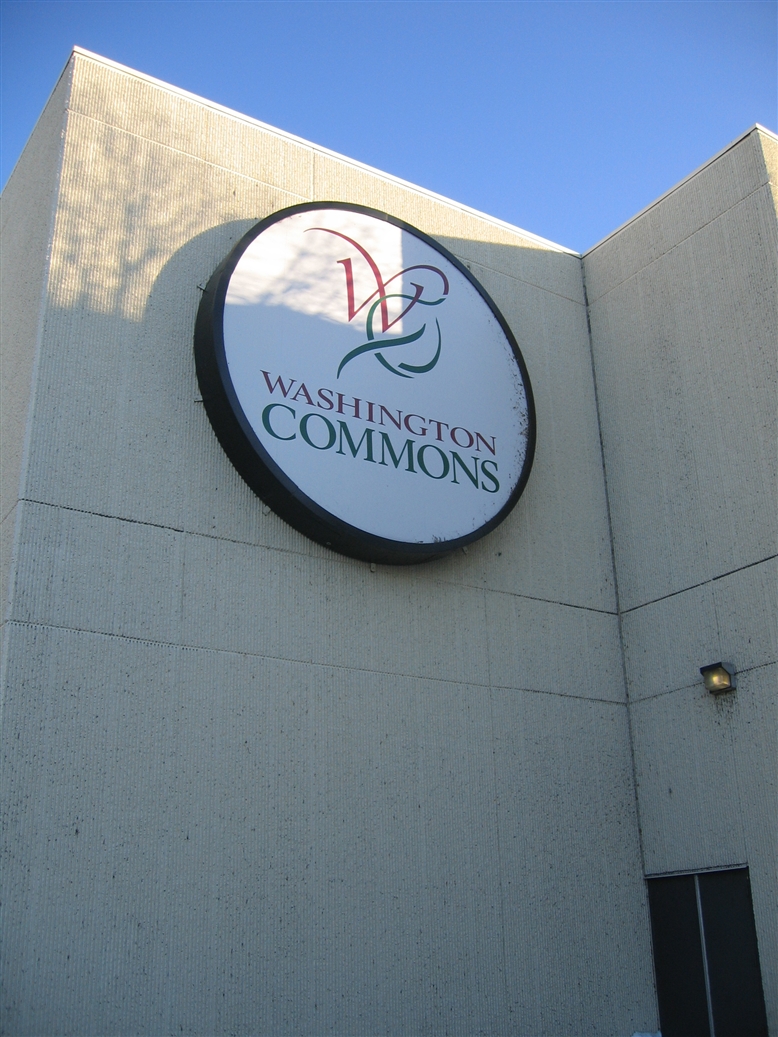
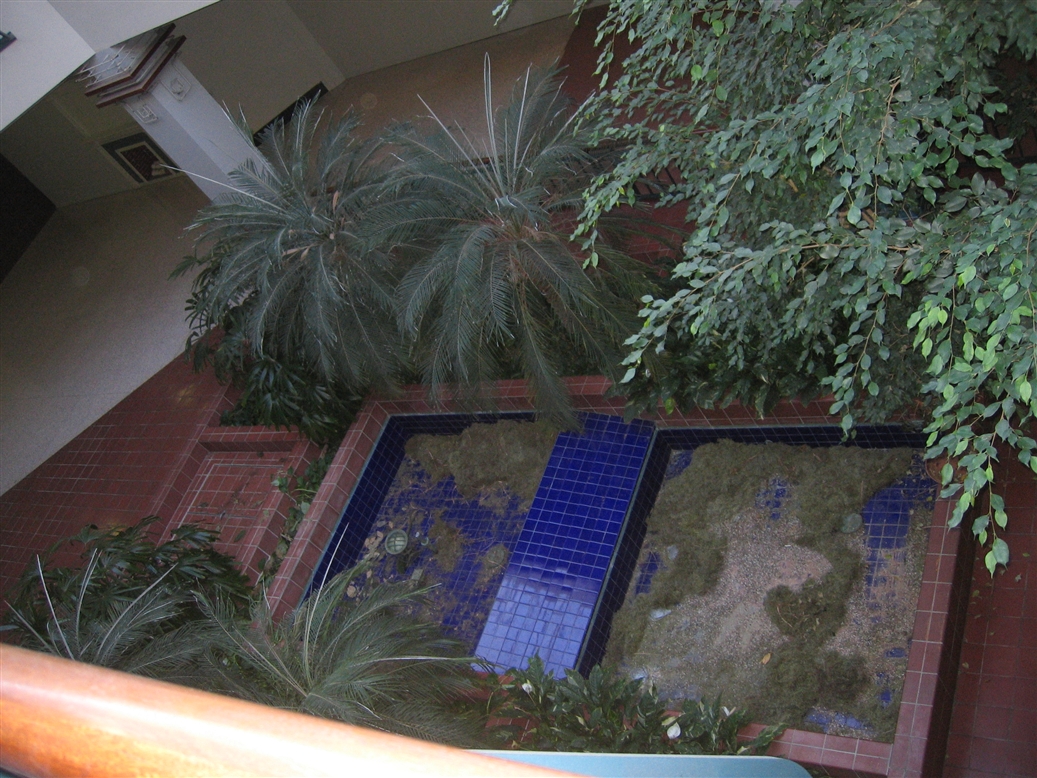
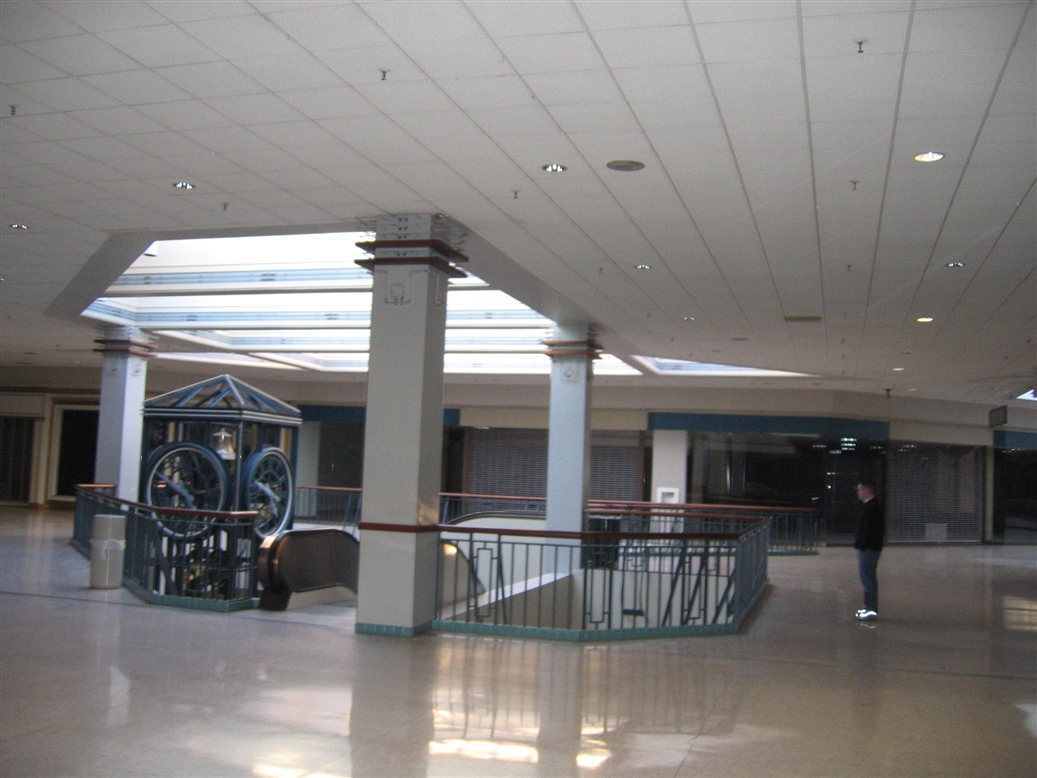


























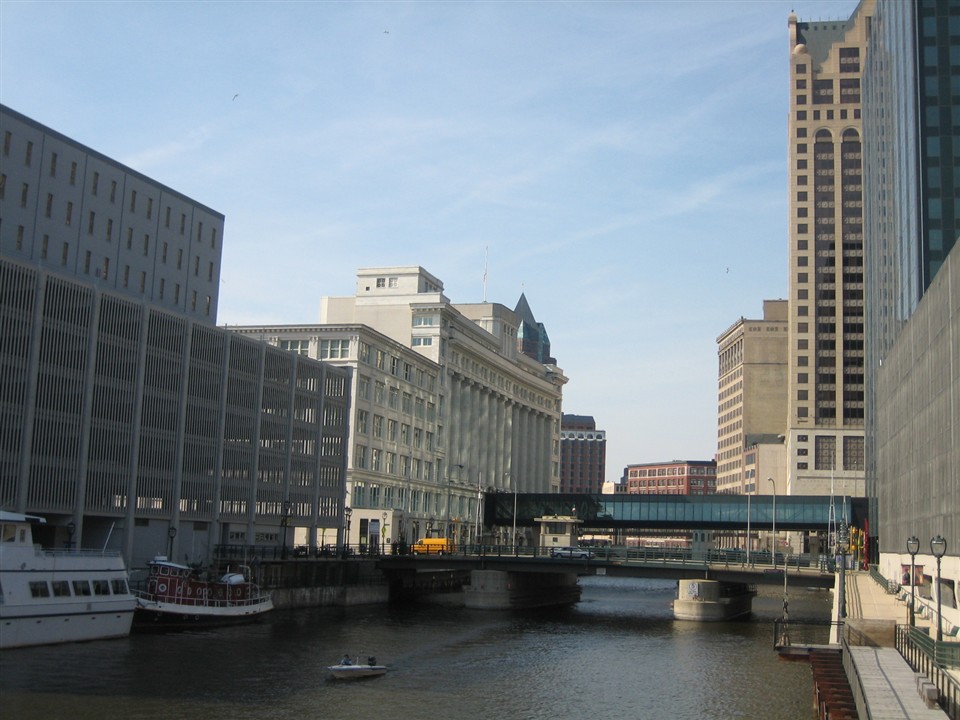
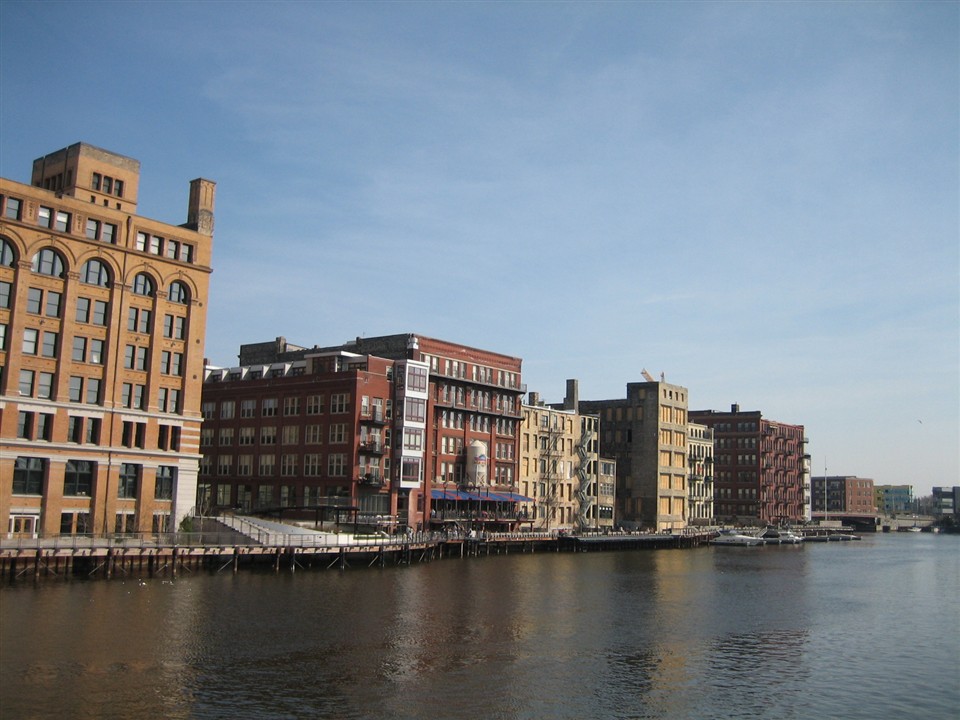

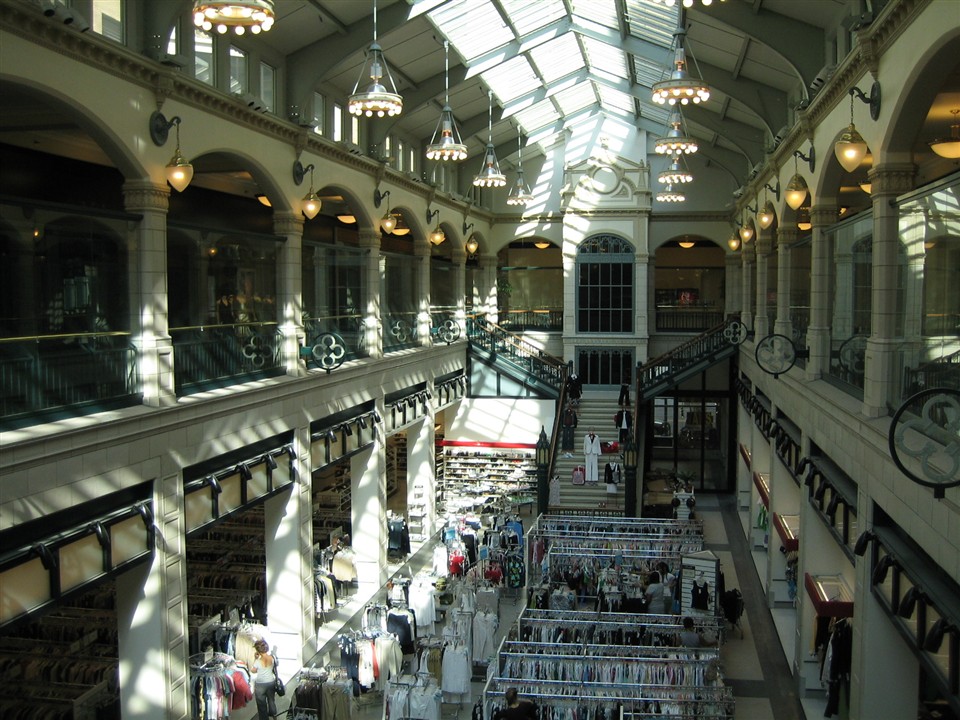
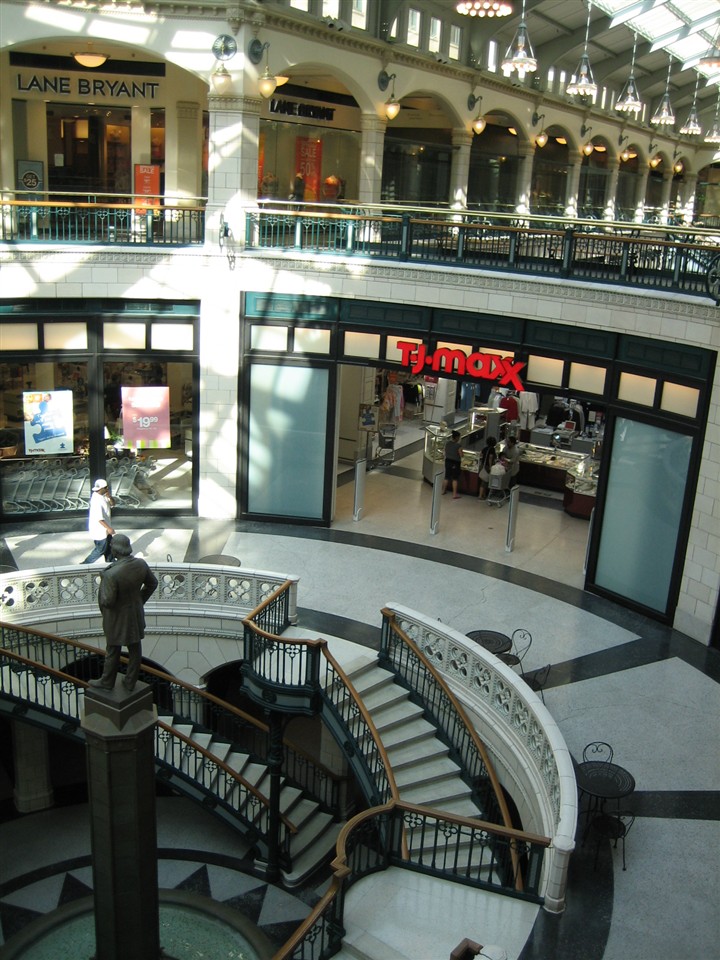




























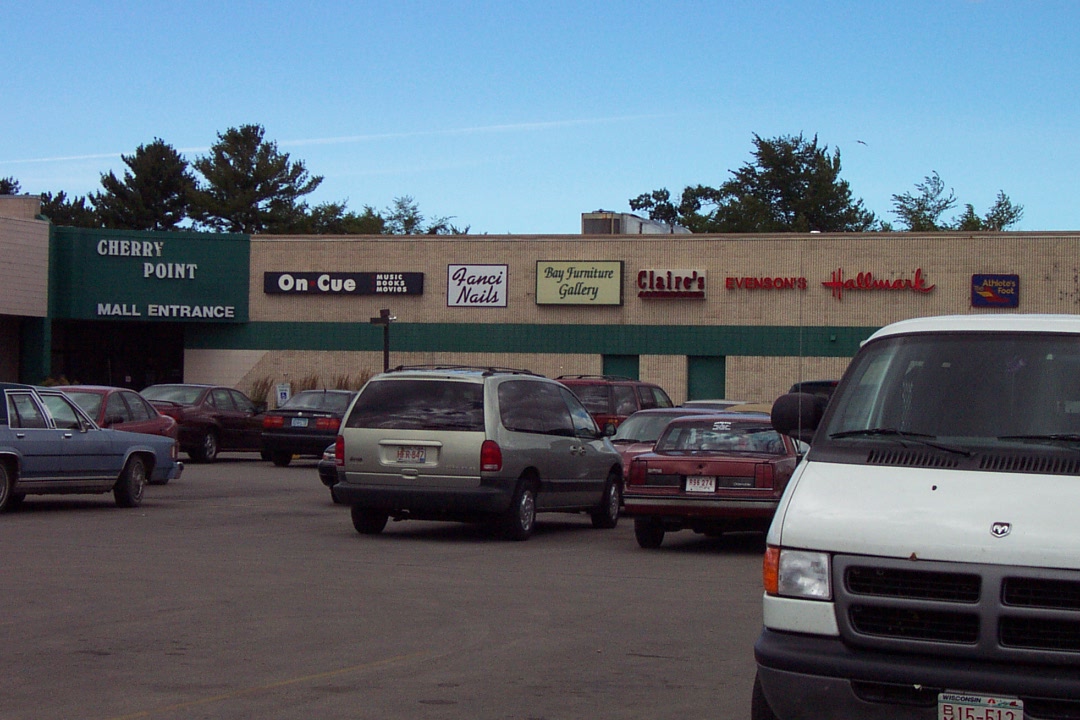
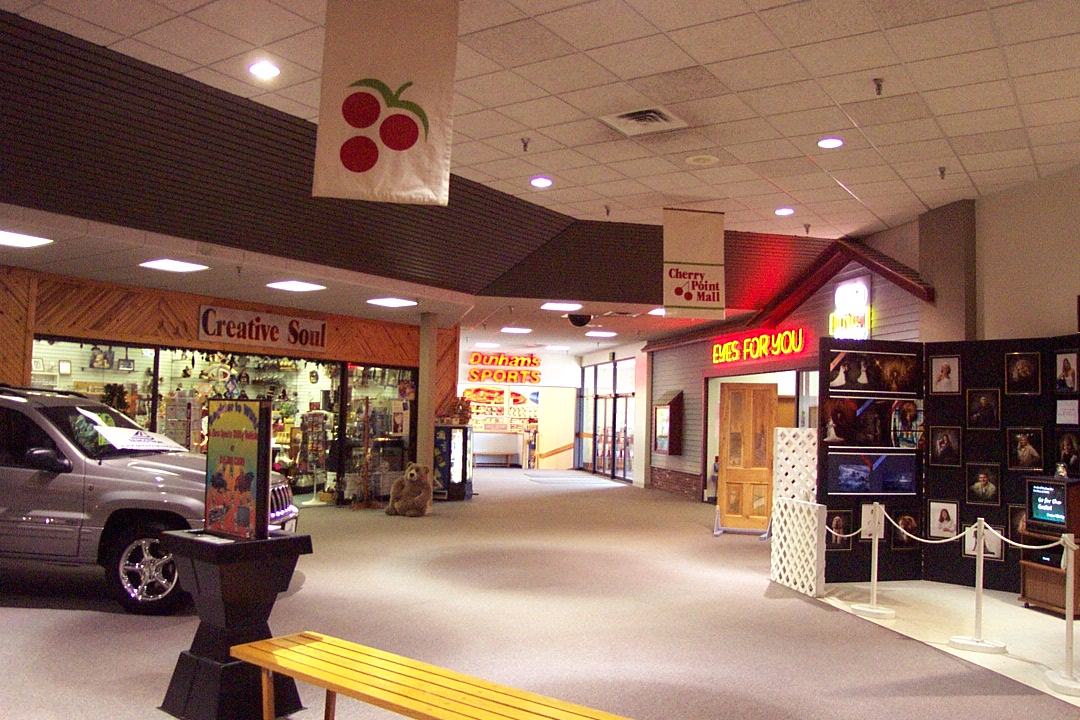







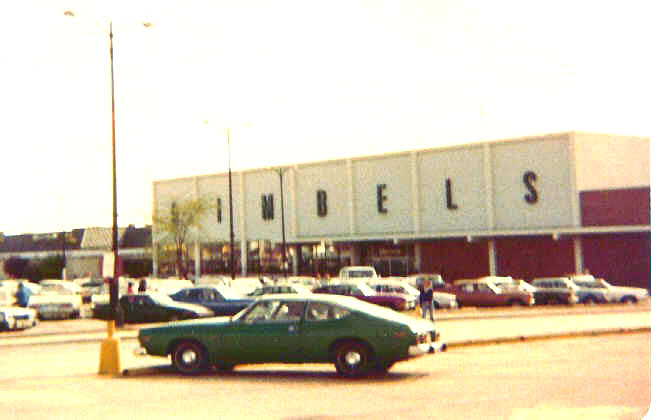
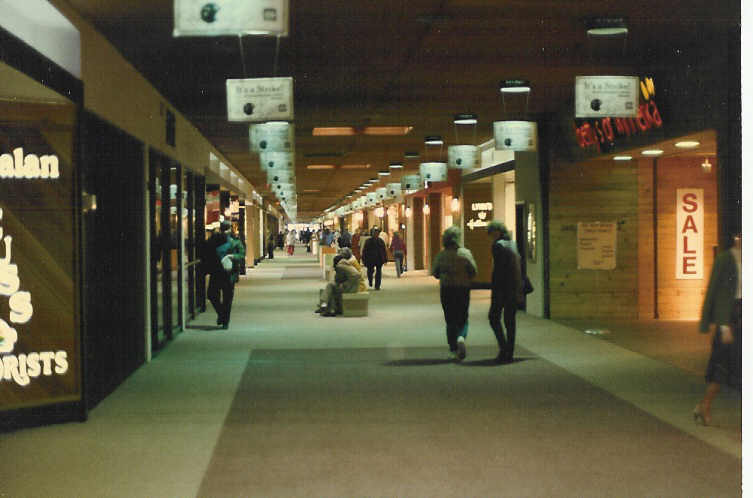
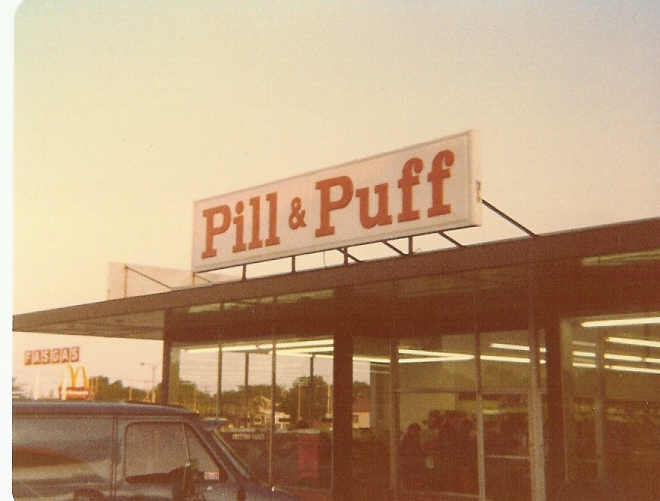 Southridge Mall
Southridge Mall






